Glamour Labour



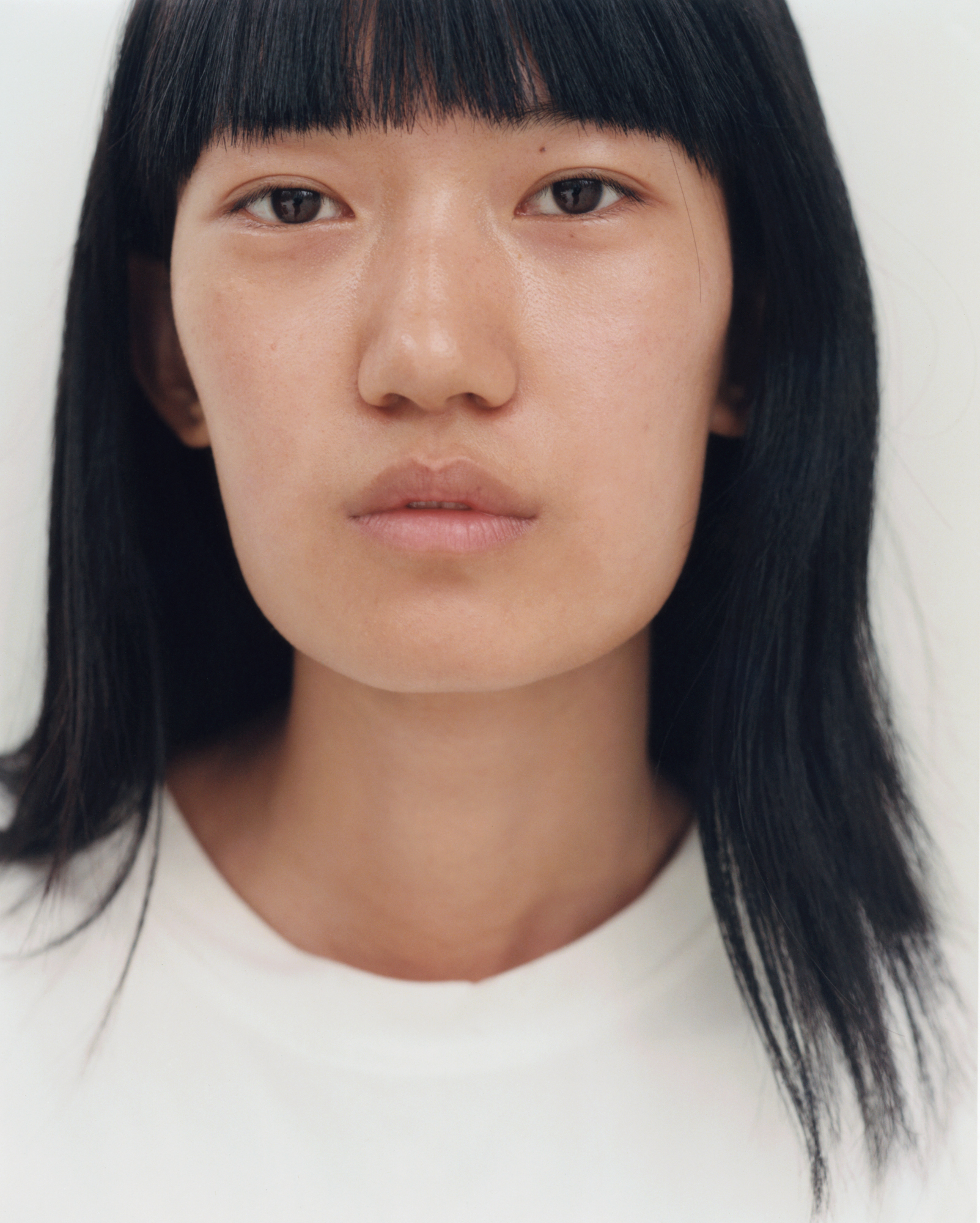




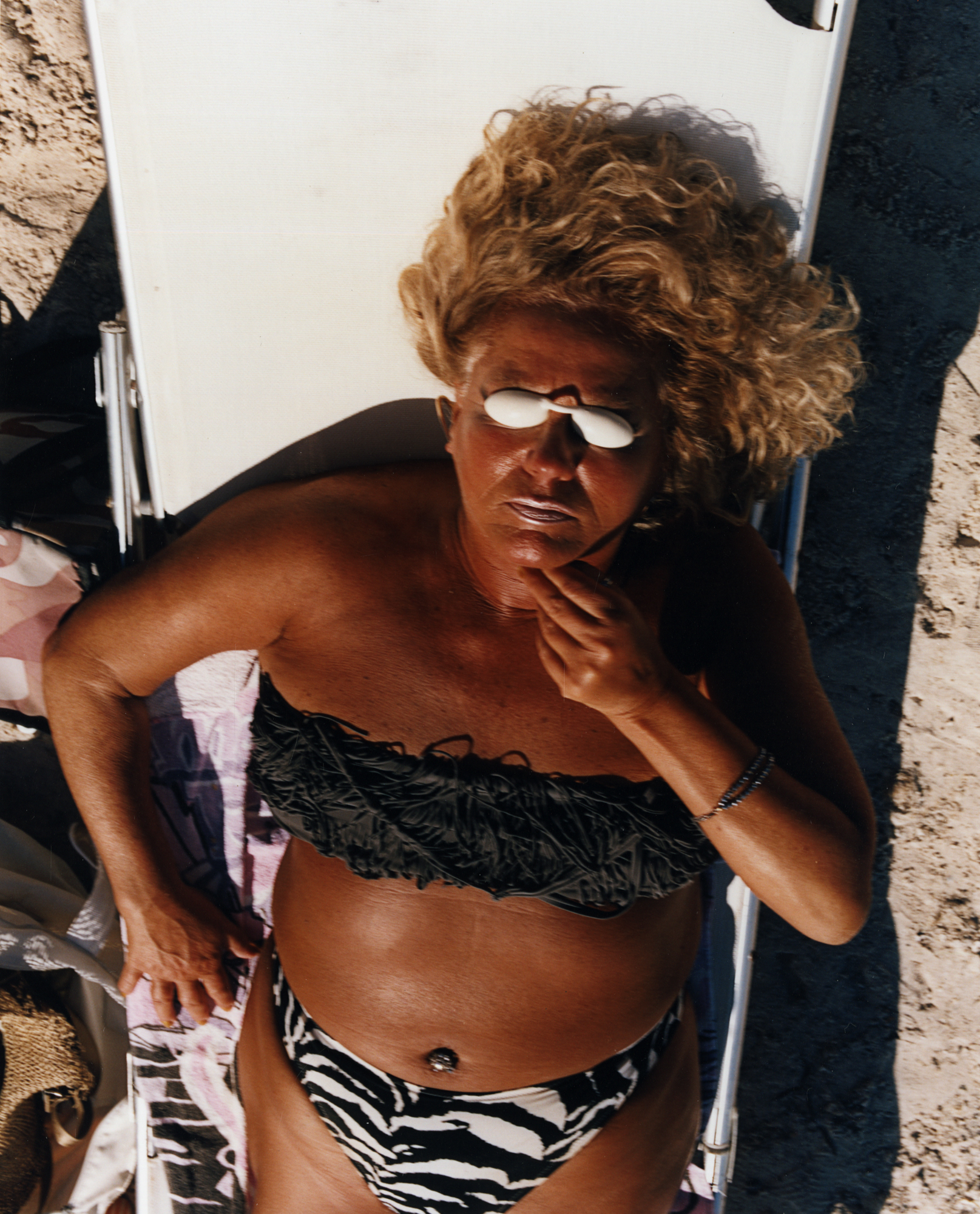
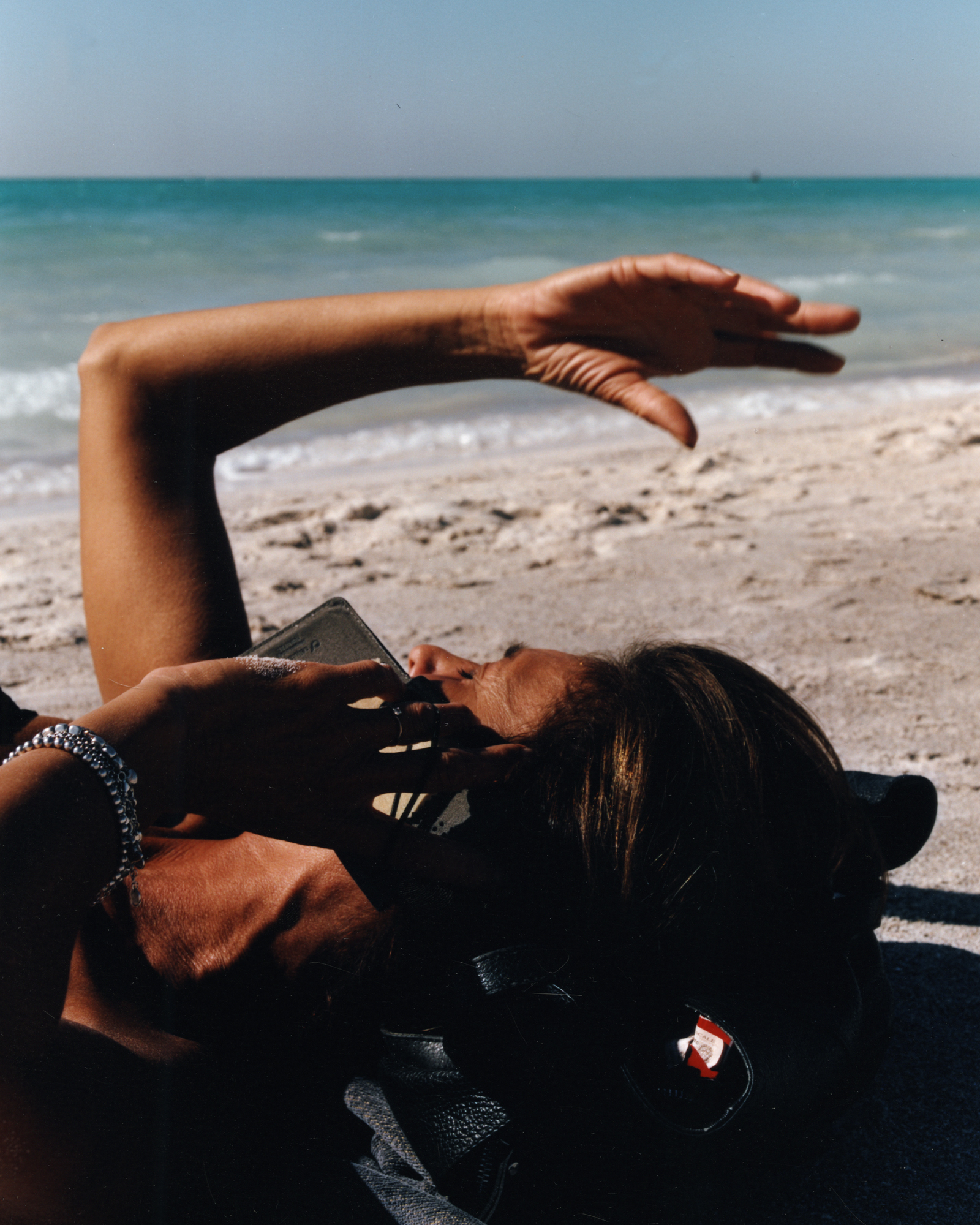
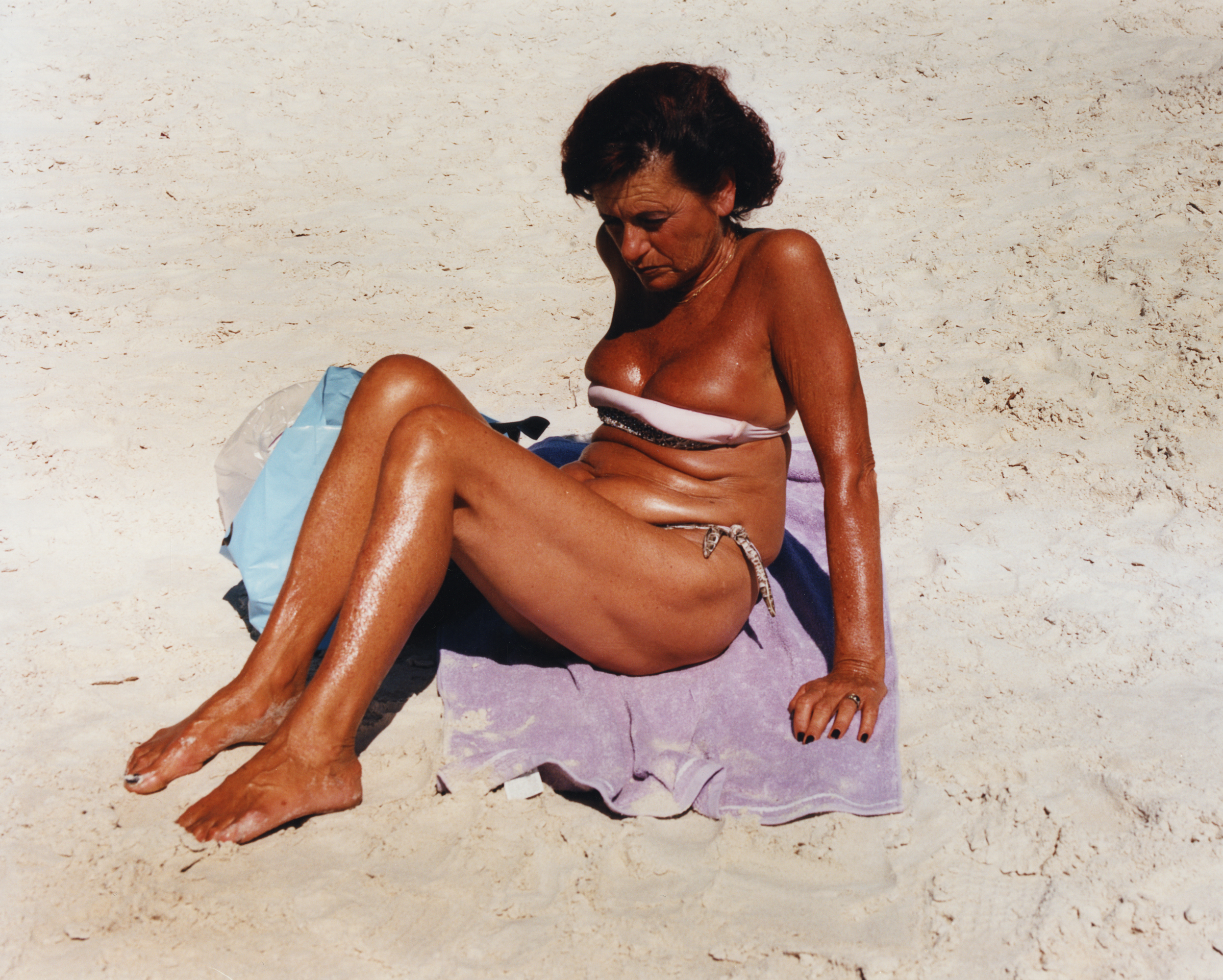
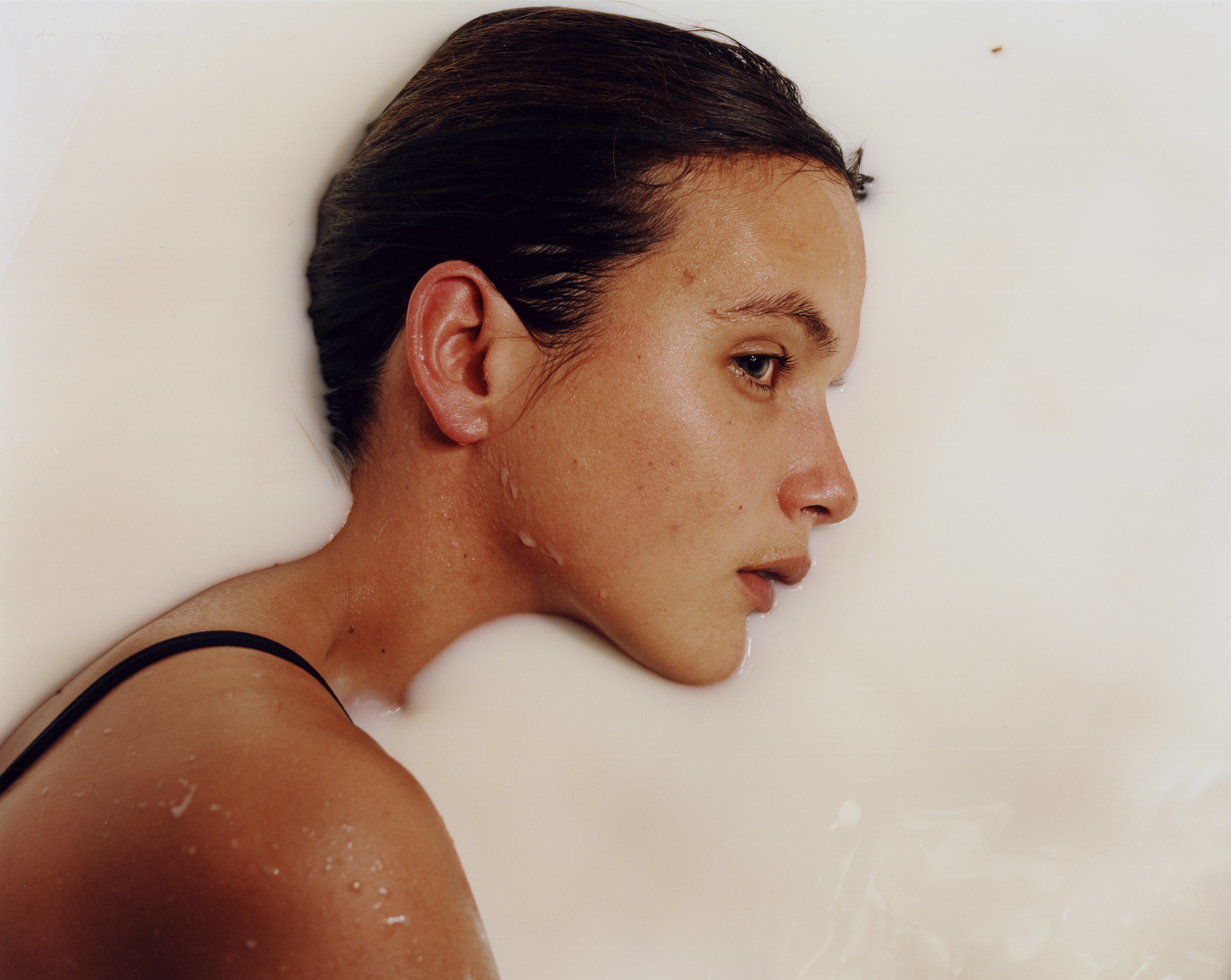
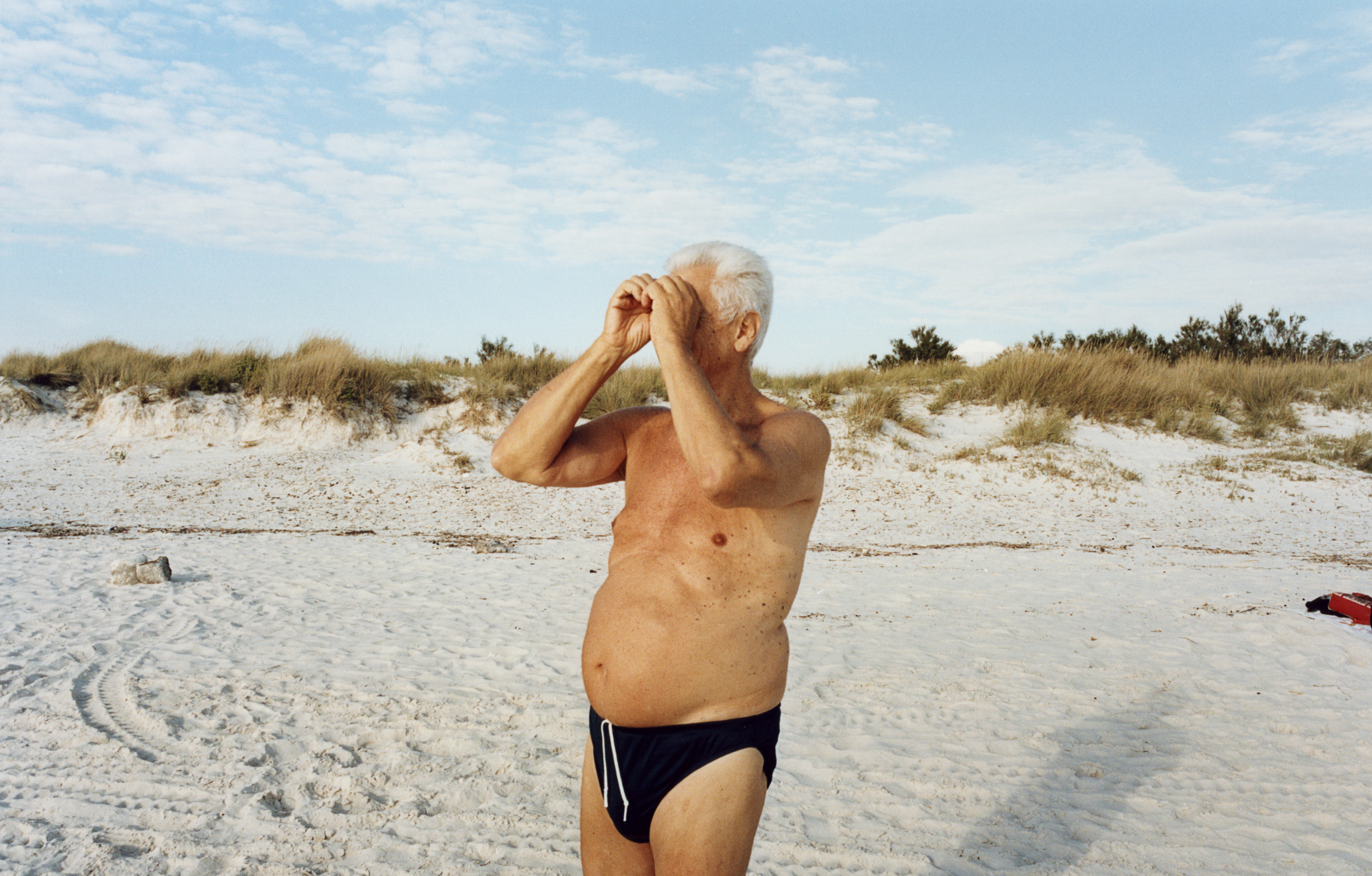
A CHANCE OF FROG
It’s been almost twenty years since Paul Thomas Anderson’s epic ensemble drama Magnolia captivated and confounded cinemagoers. The film may not be considered Anderson’s most accomplished work by his critics1 (that accolade is reserved for There Will Be Blood and Boogie Nights) but it is undoubtedly his most memorable. Even if you haven’t seen Magnolia since its 1999 release, it’s hard to forget a film that includes a sing-a- long to Aimee Mann’s “Wise Up.” Featuring serious Hollywood players Julianne Moore2, John C. Reilly, Tom Cruise, Philip Baker Hall, William H. Macy, Melora Walters, Jason Robards and Philip Seymour Hoffman singing in character, the ambitious sequence manages to avoid Glee-ful connotations and instead holds up as one of the most moving, emotional scenes in Anderson’s oeuvre. Magnolia is punctuated by wondrous moments and performances like these and none is more miraculous than the infamous frogs-falling-from-the- sky montage. As writer Julian Kimble notes in his essay for Complex on the occasion of the 15th anniversary of the film; “it’s impossible to discuss Magnolia without addressing the elephant frogs in the room.”
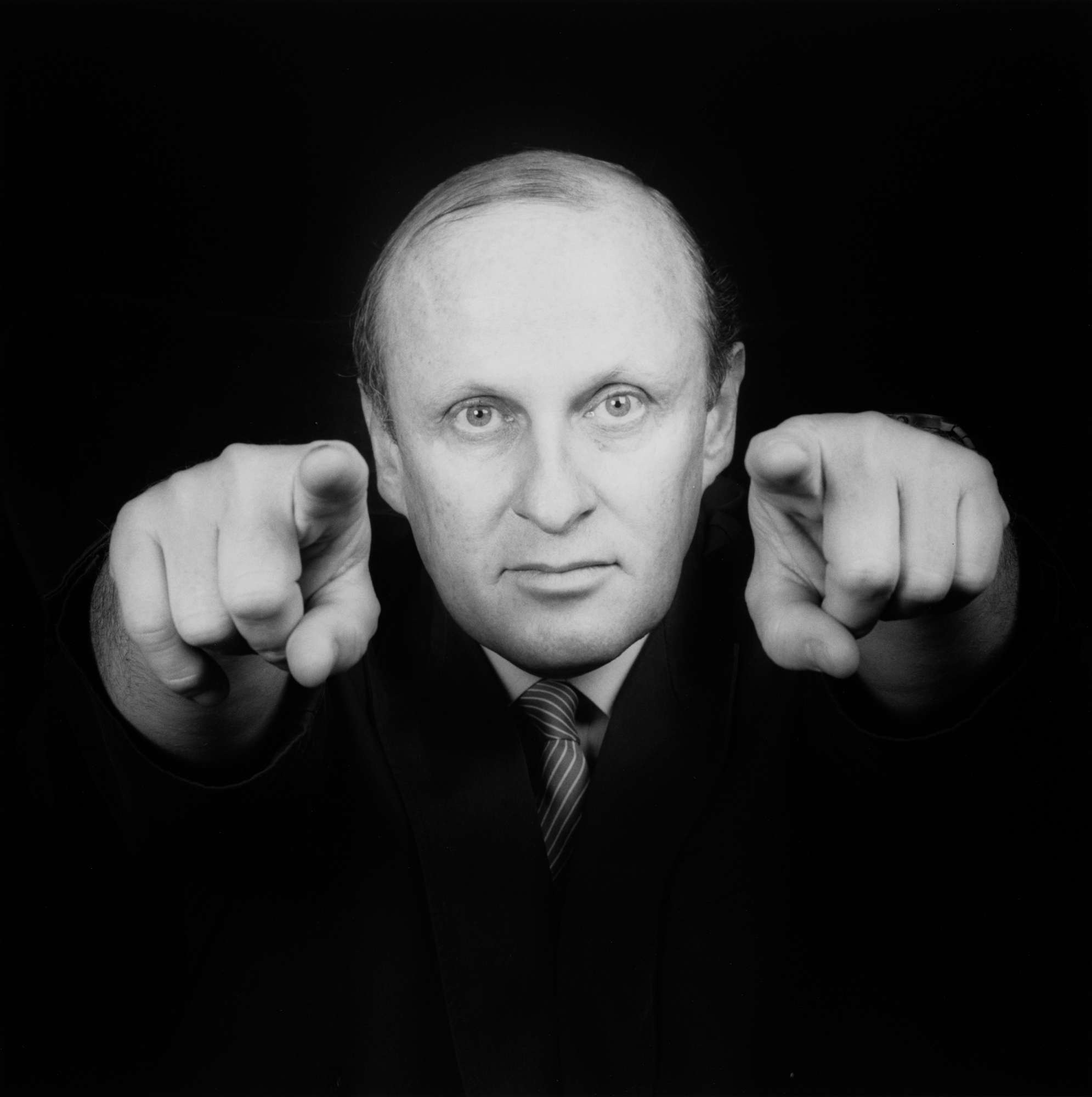
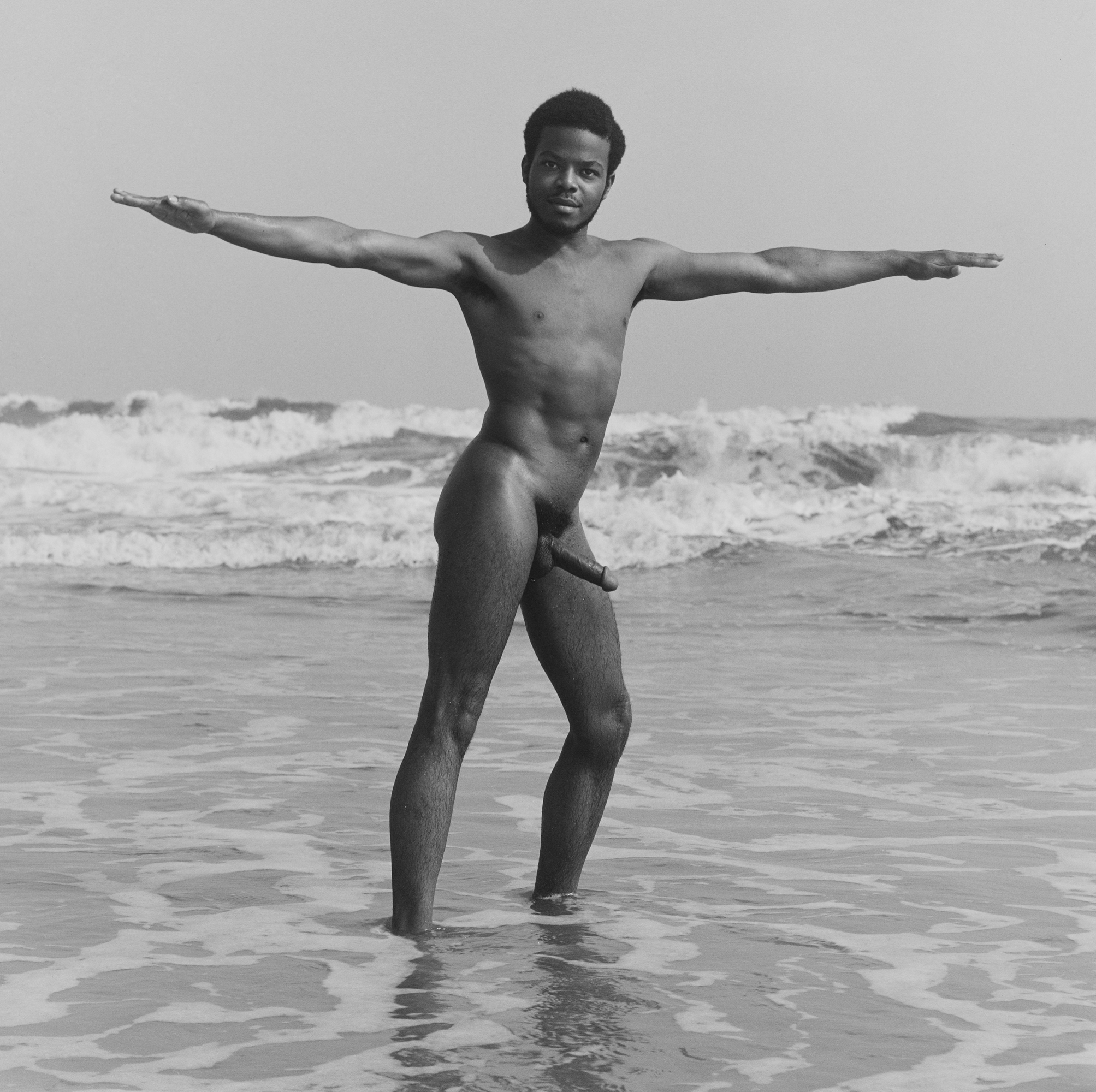
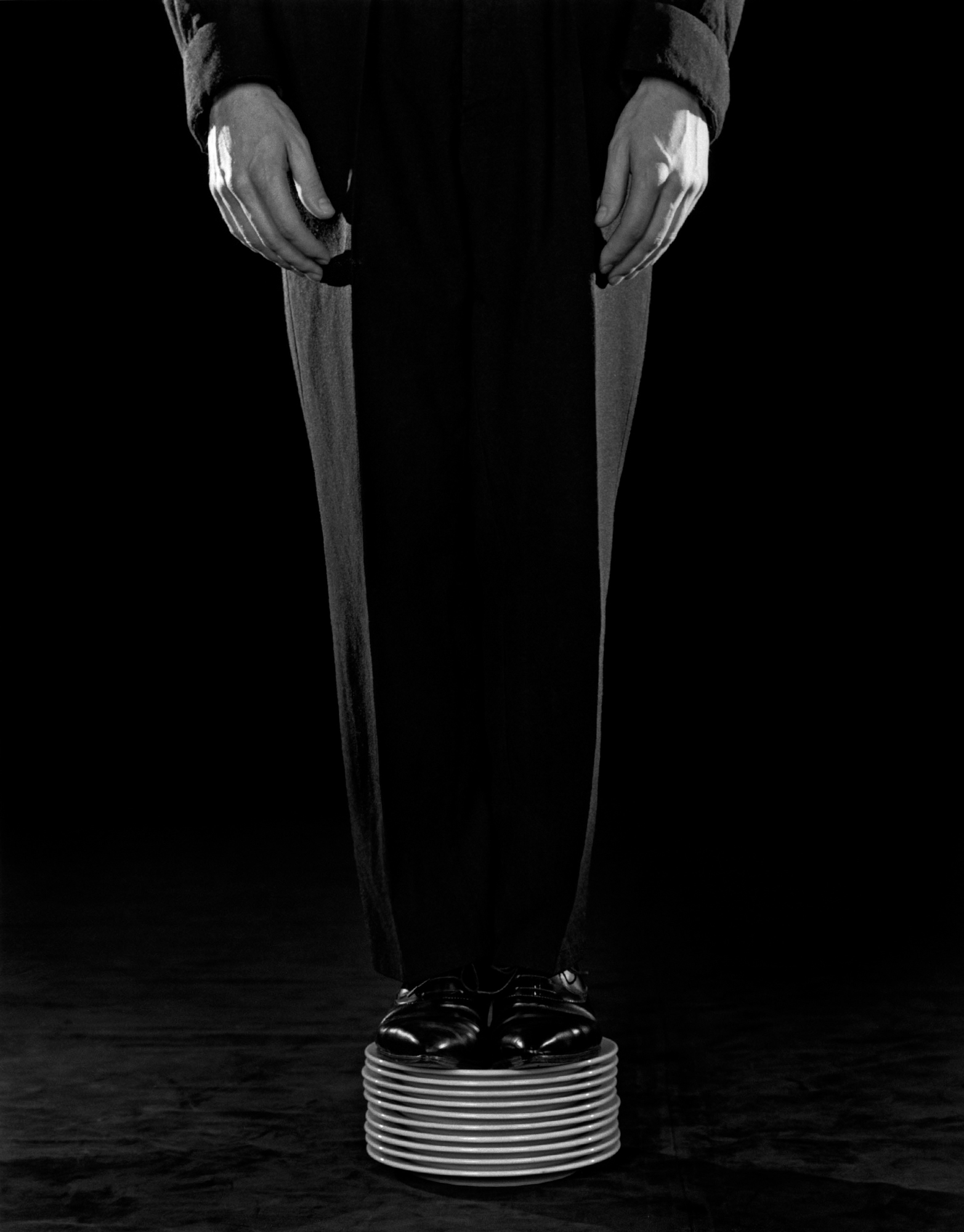
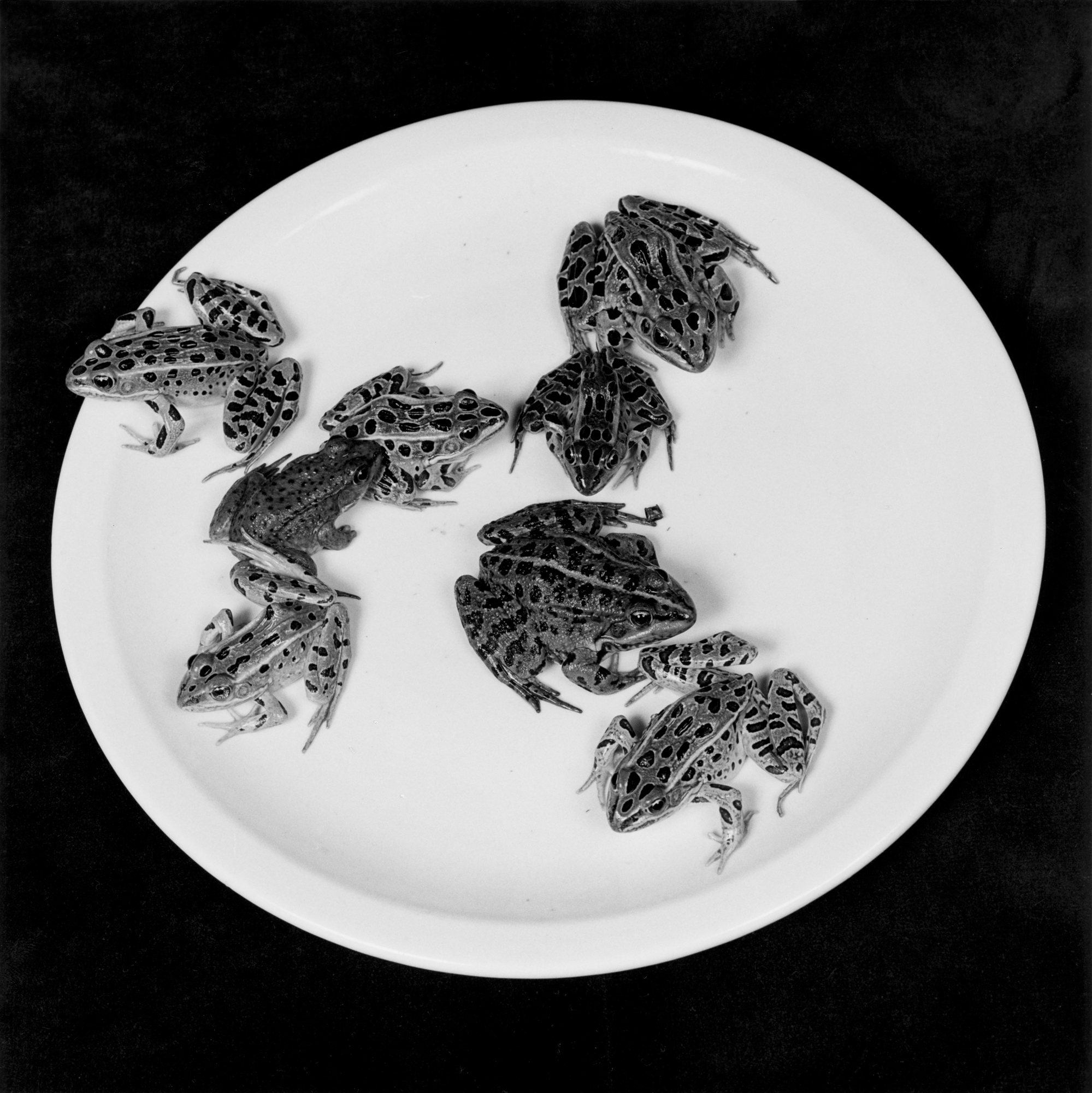
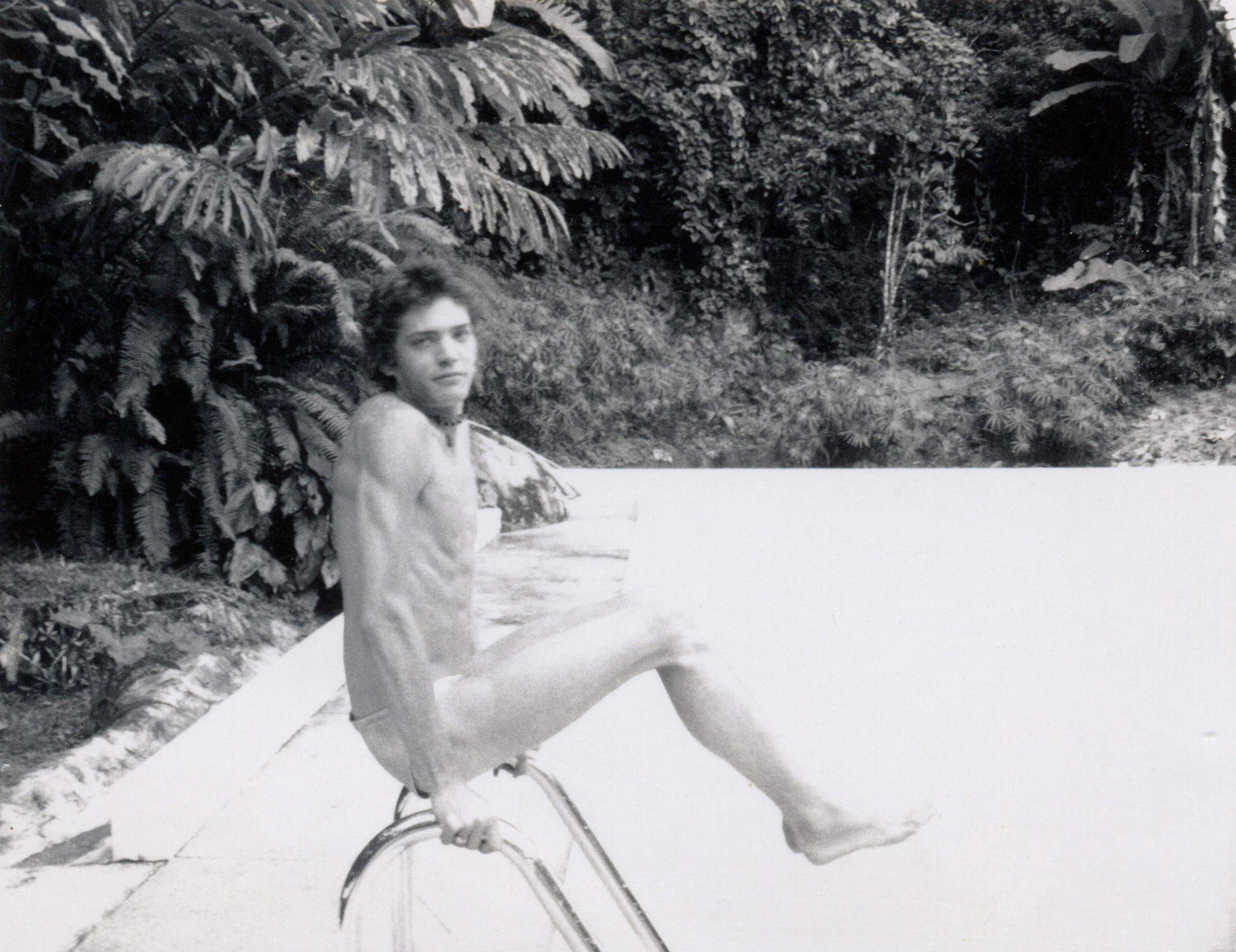
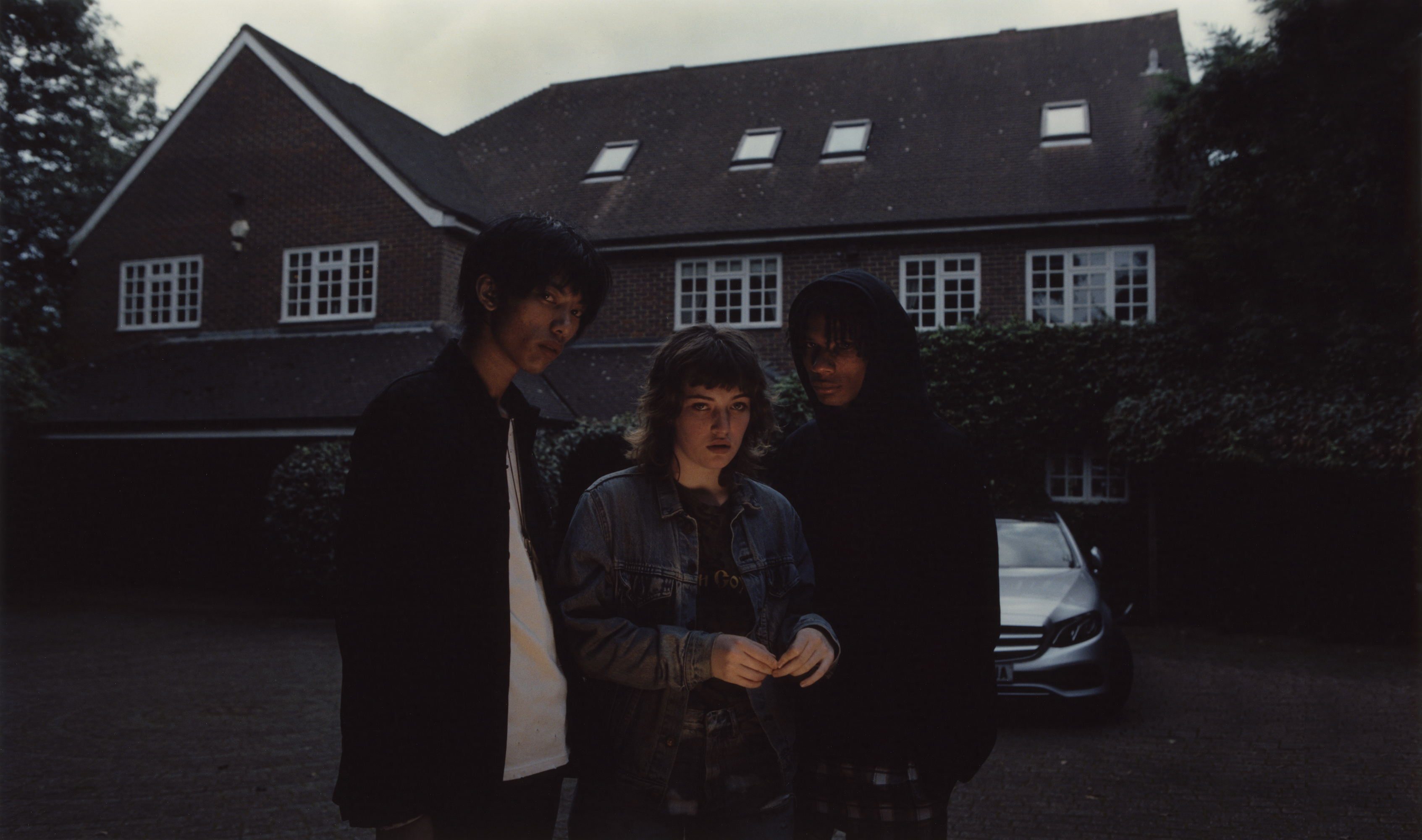
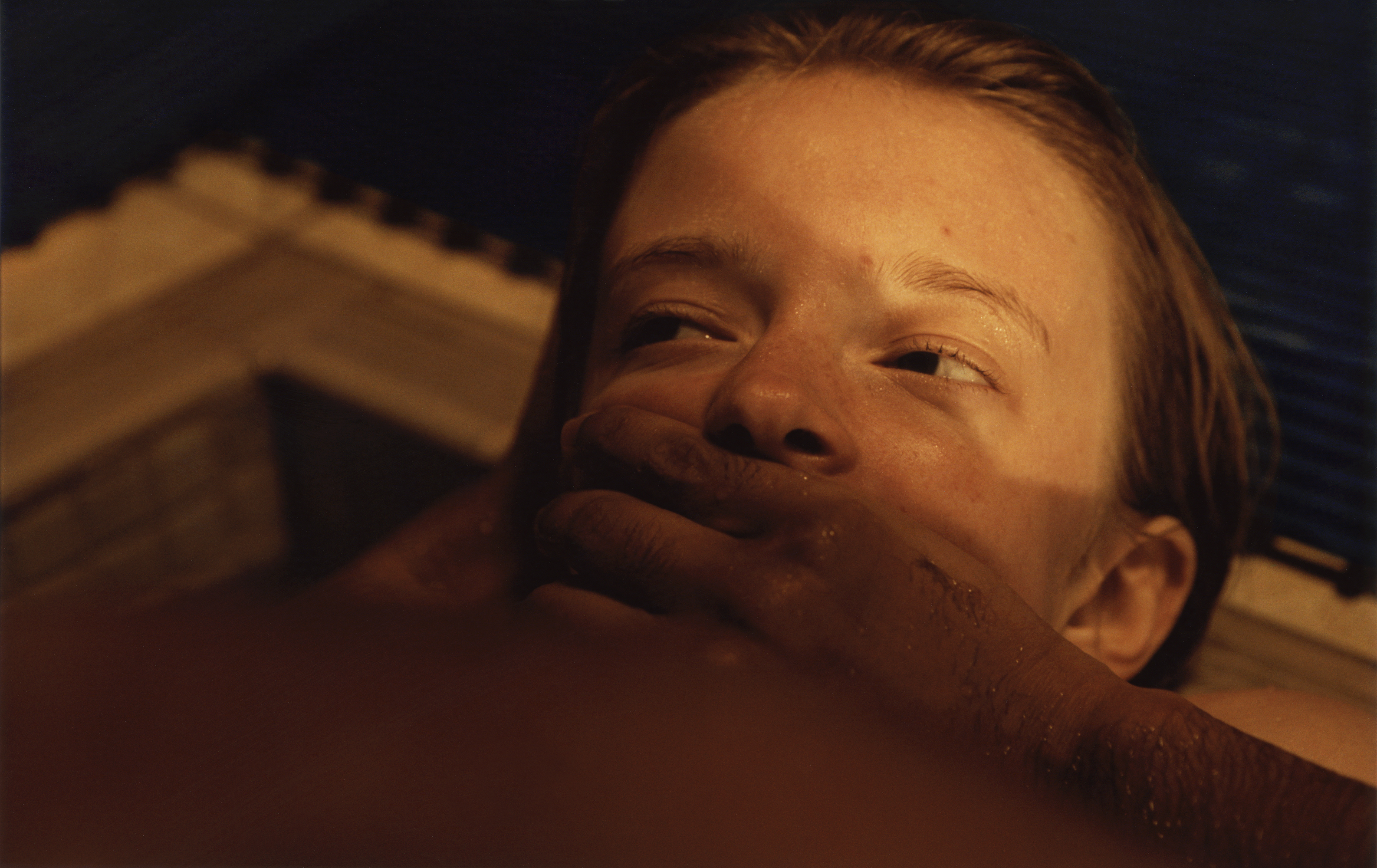

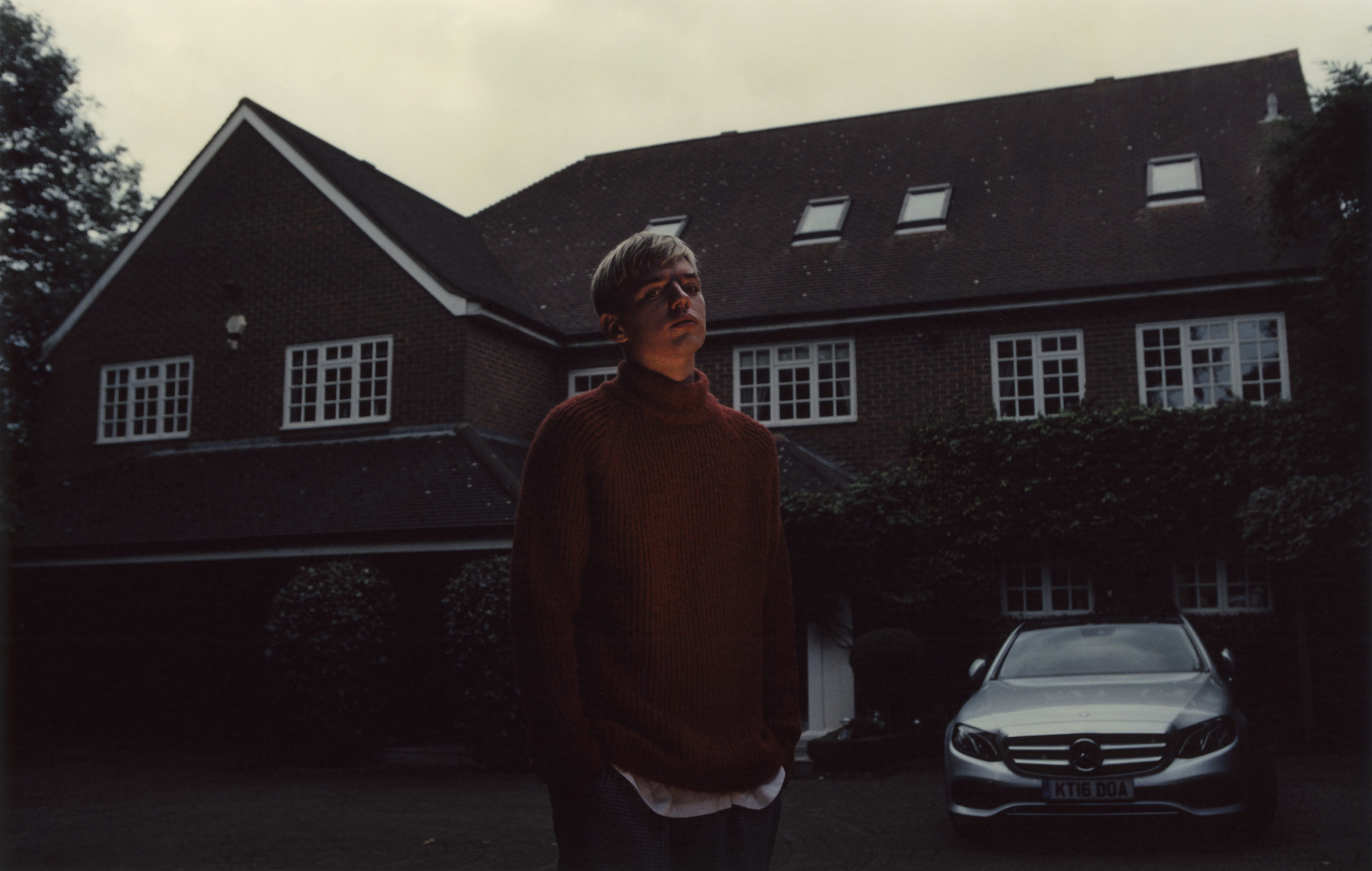
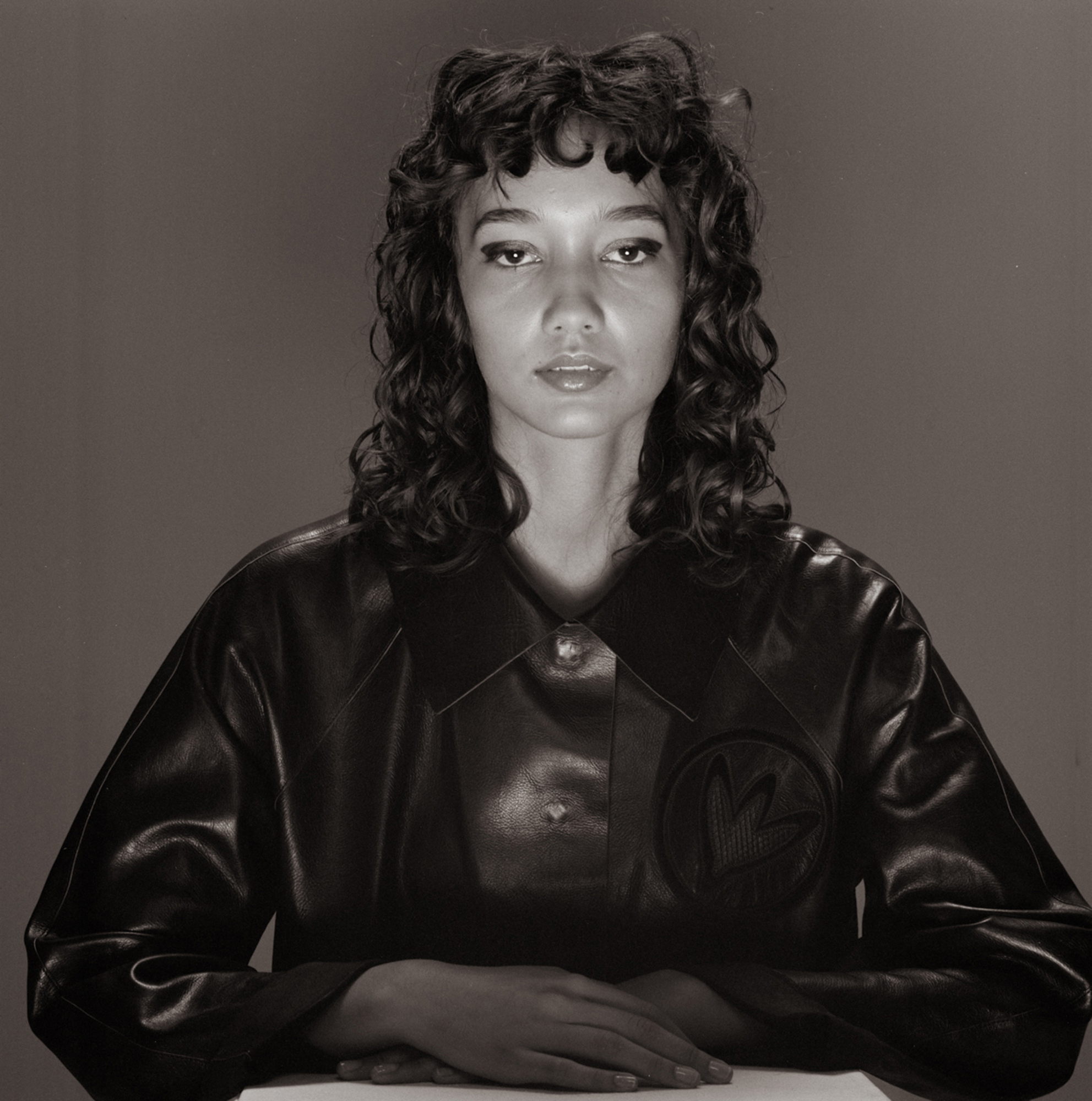
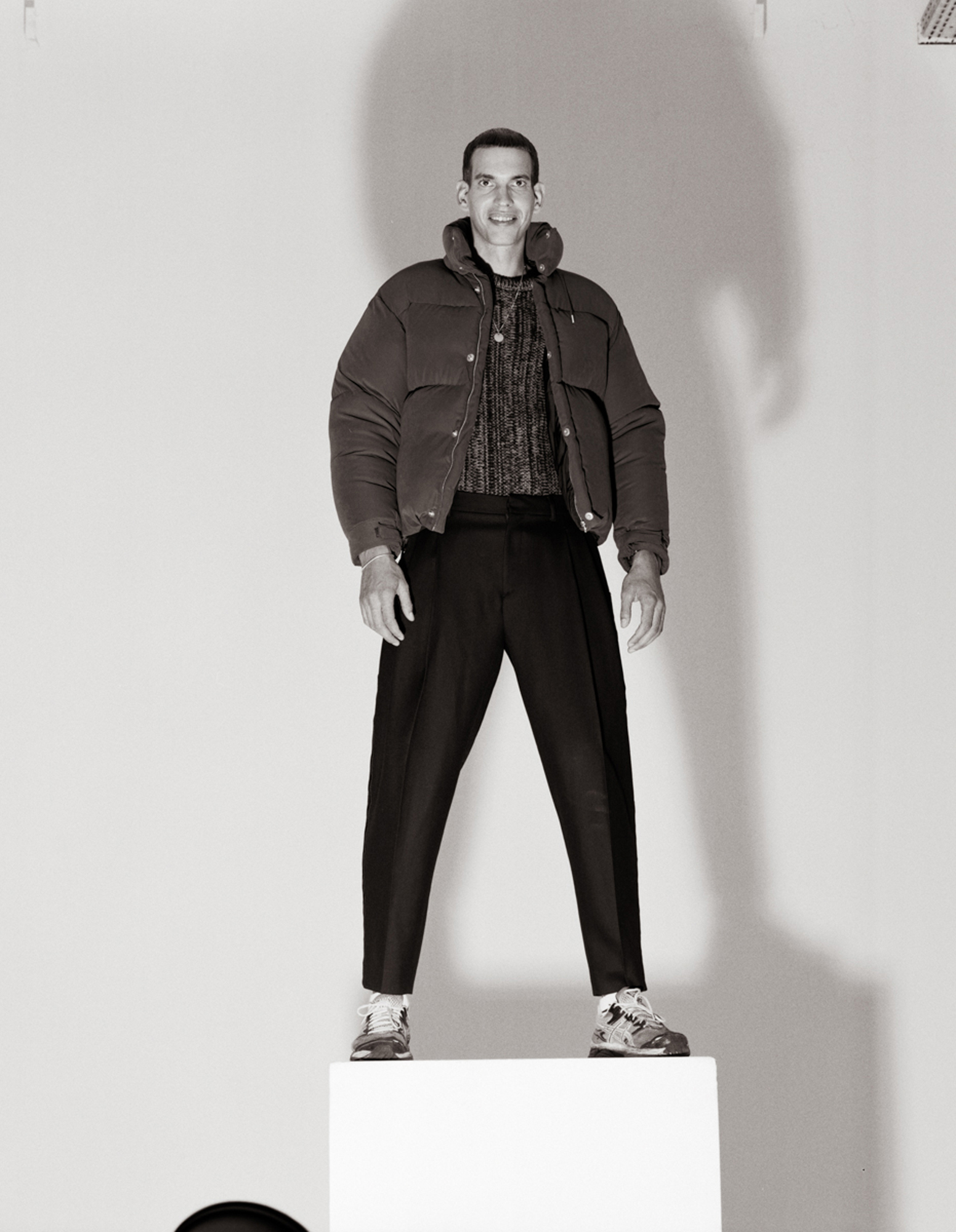
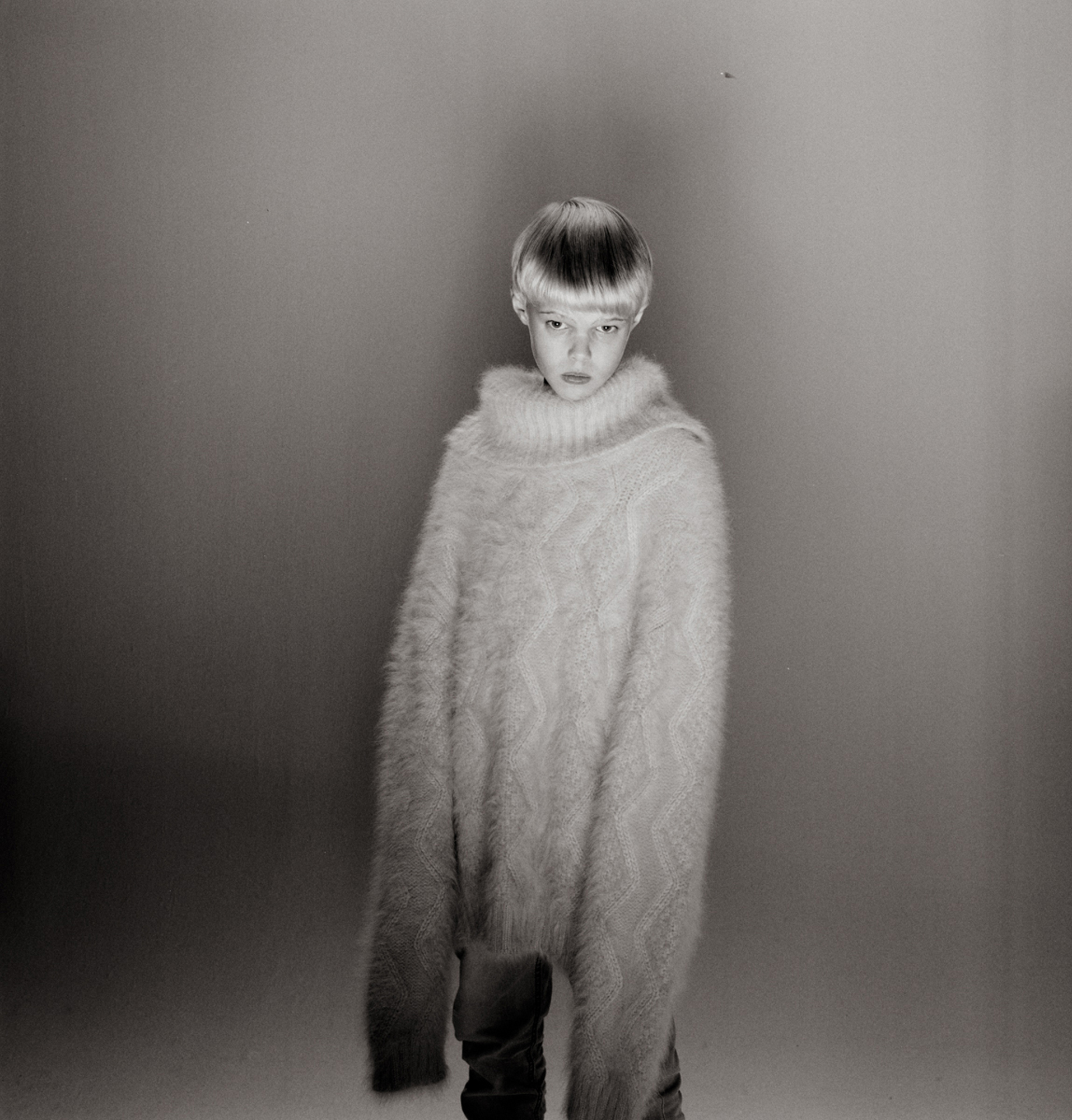
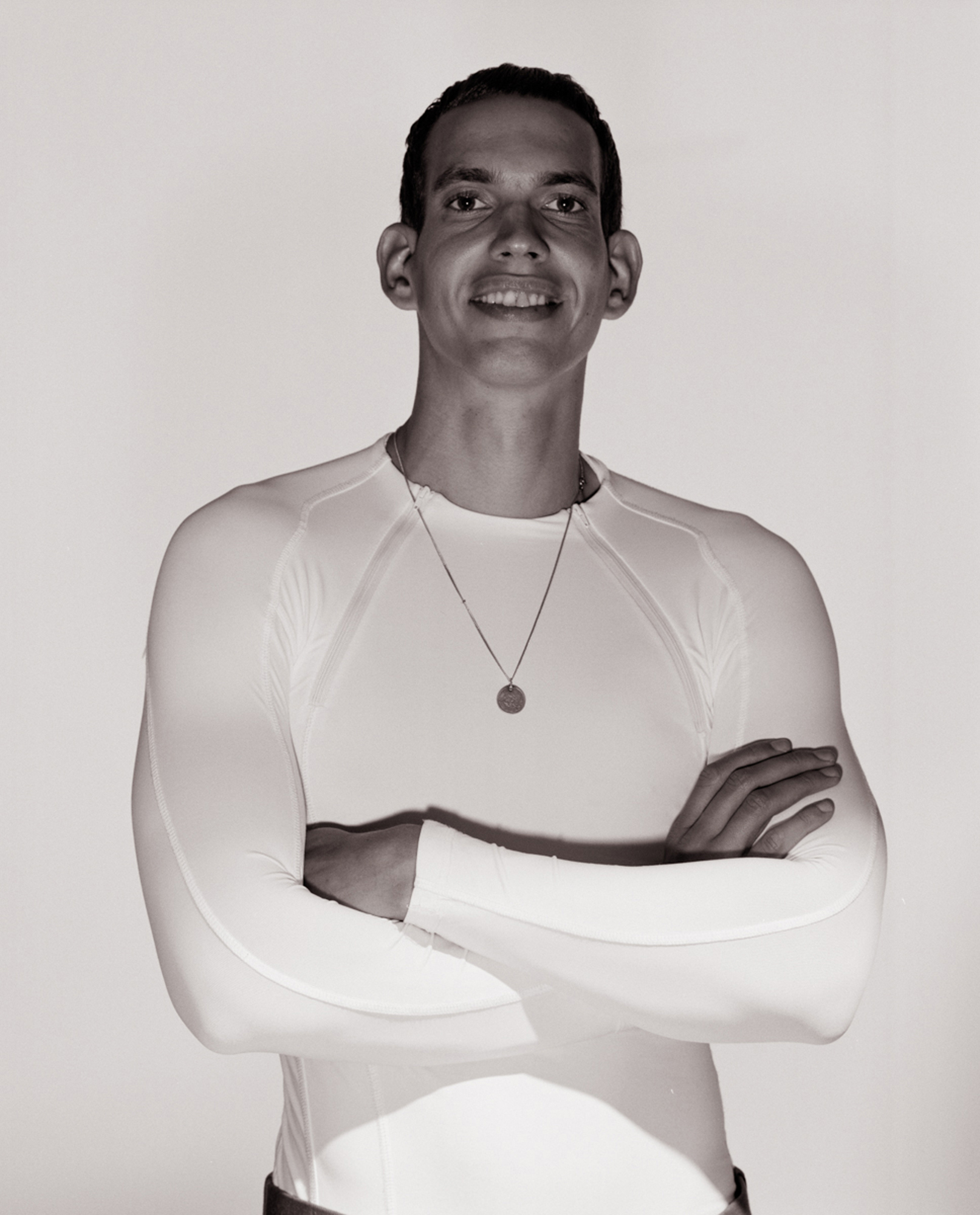
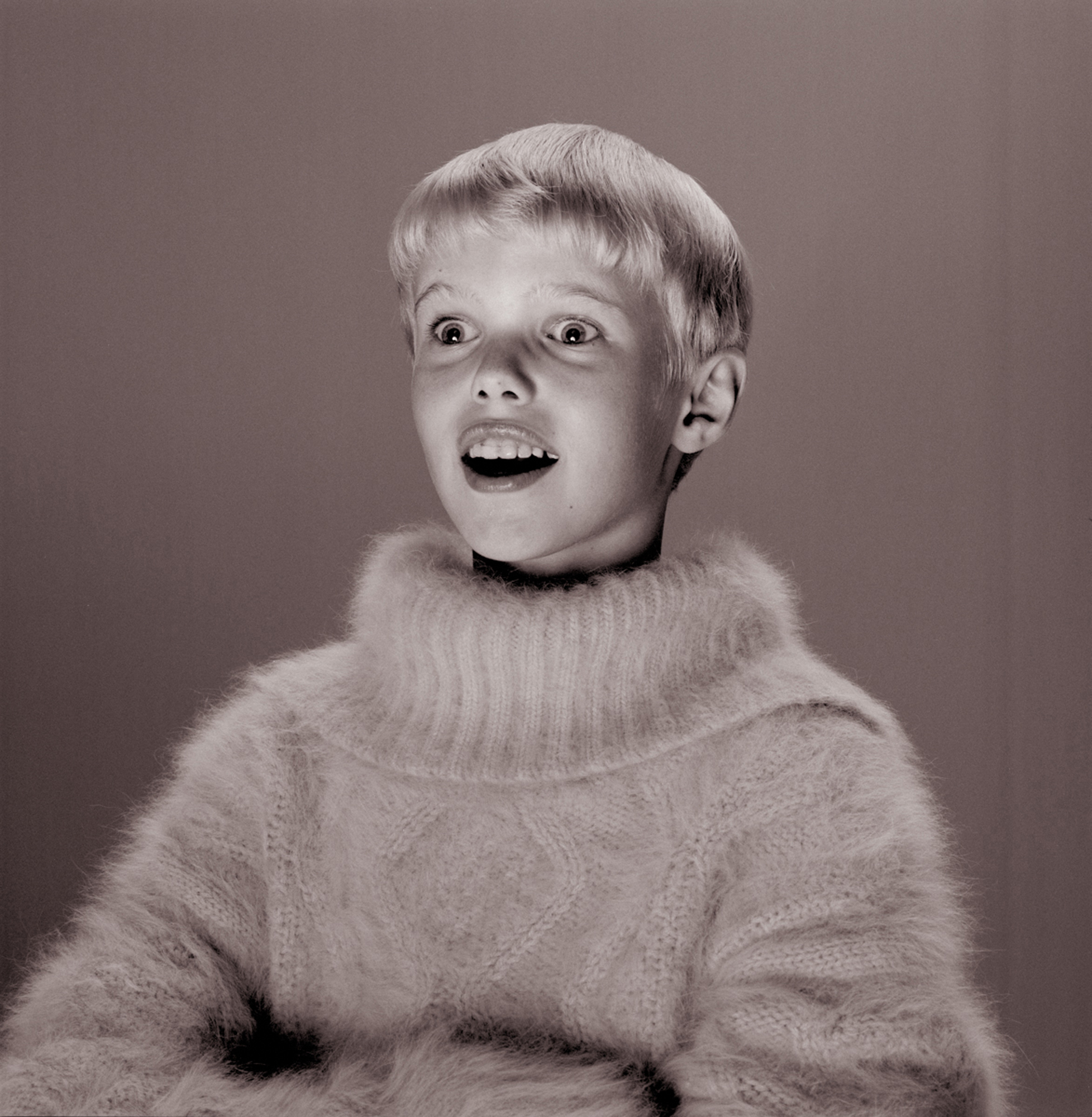

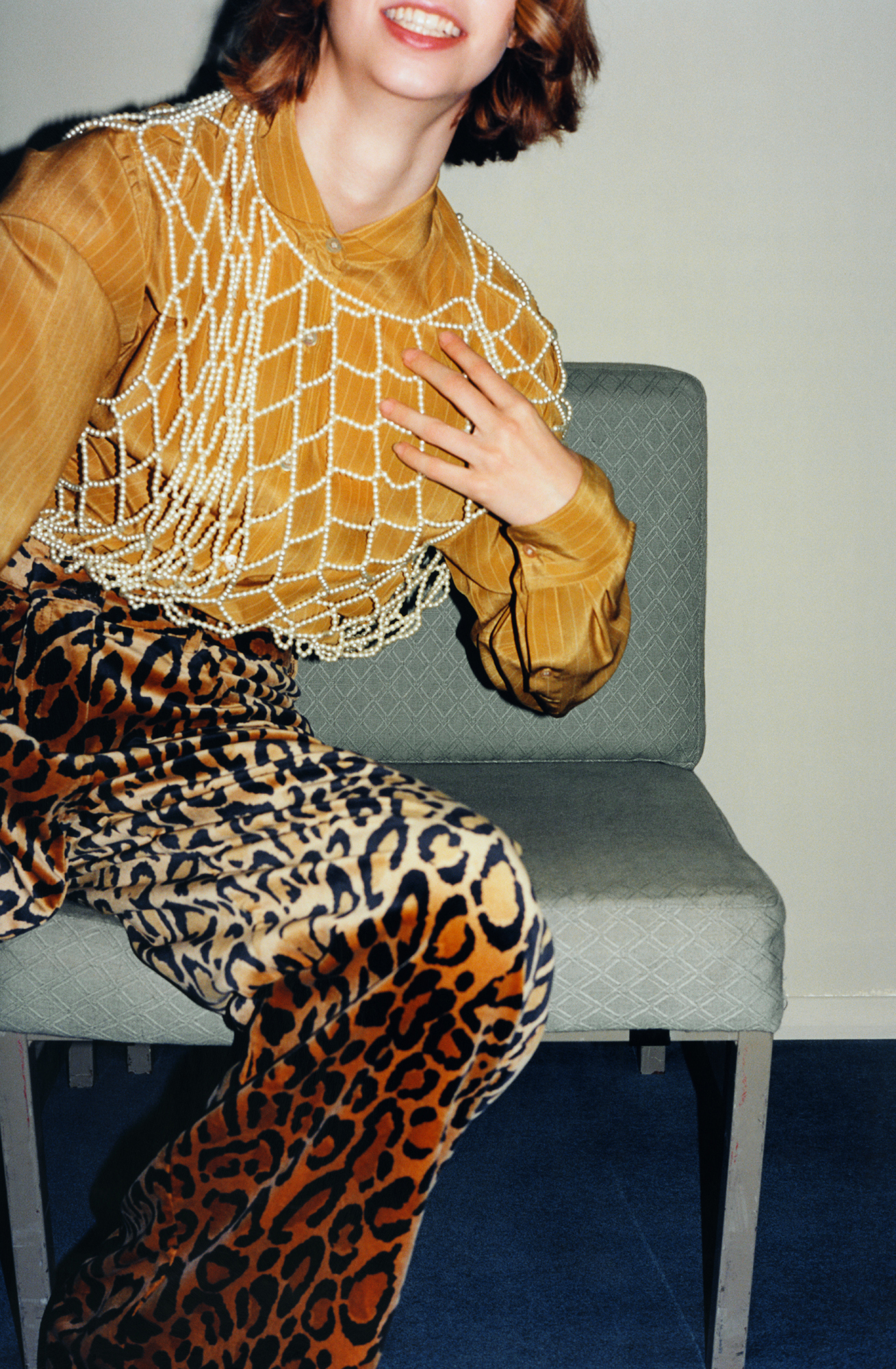
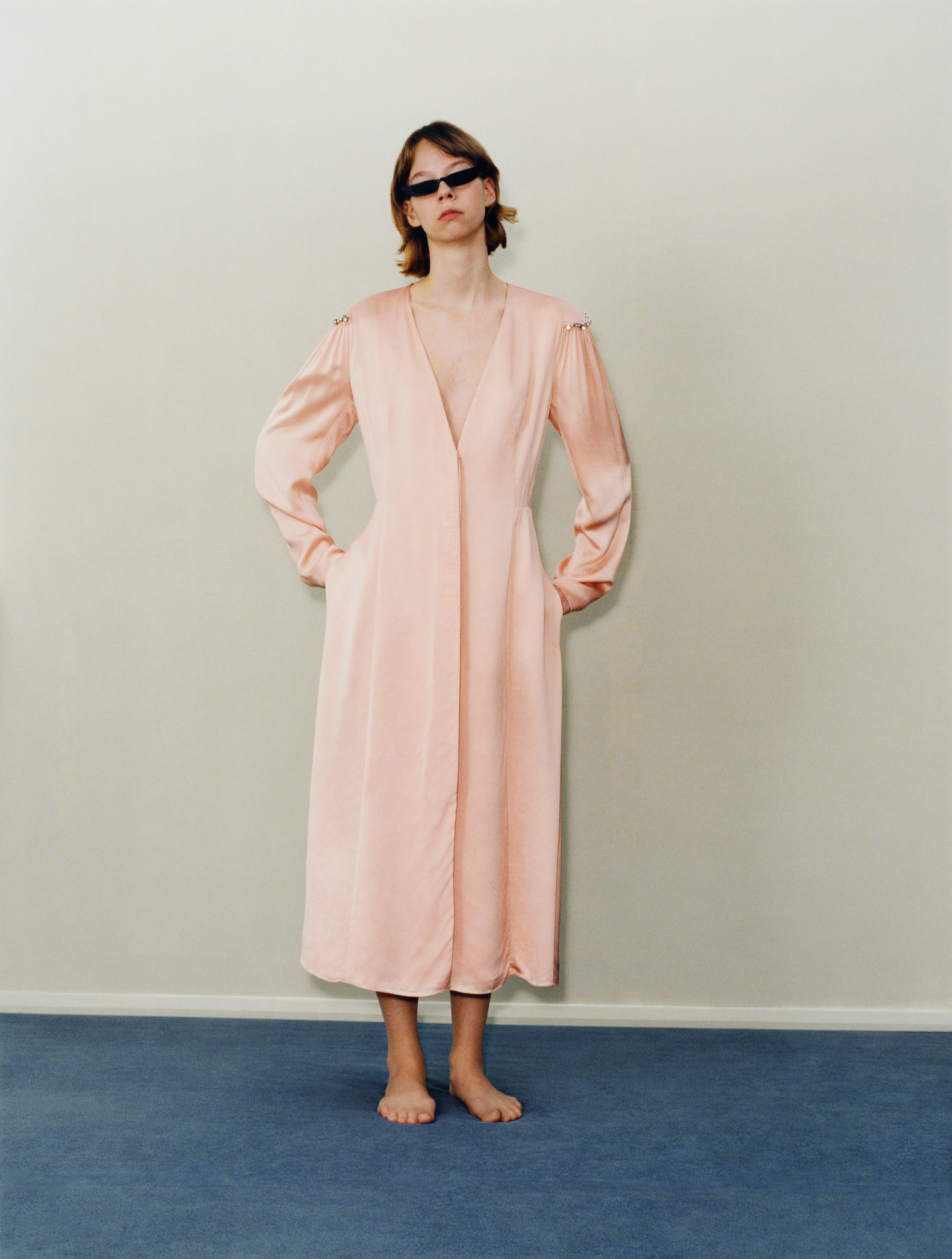
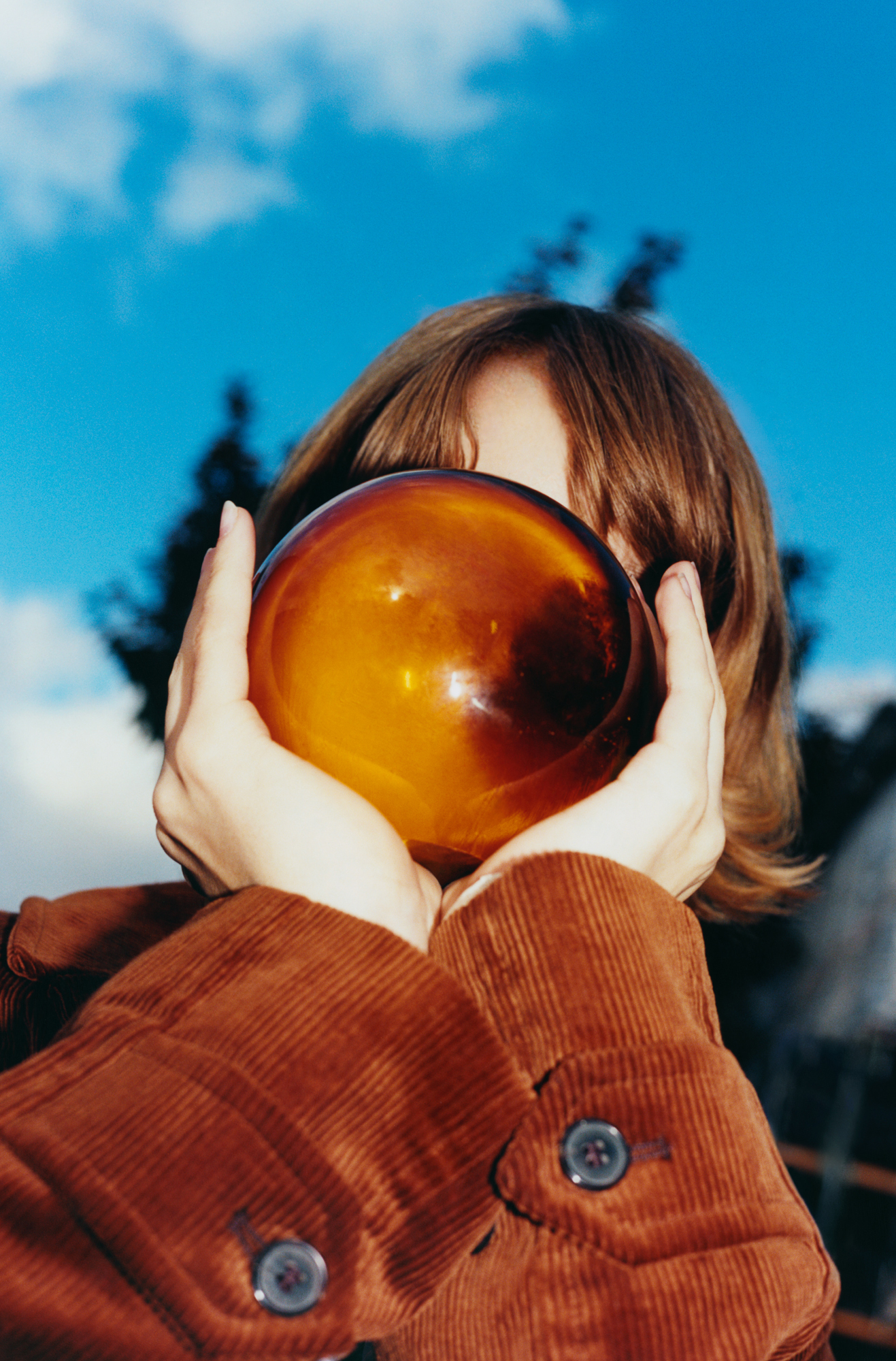
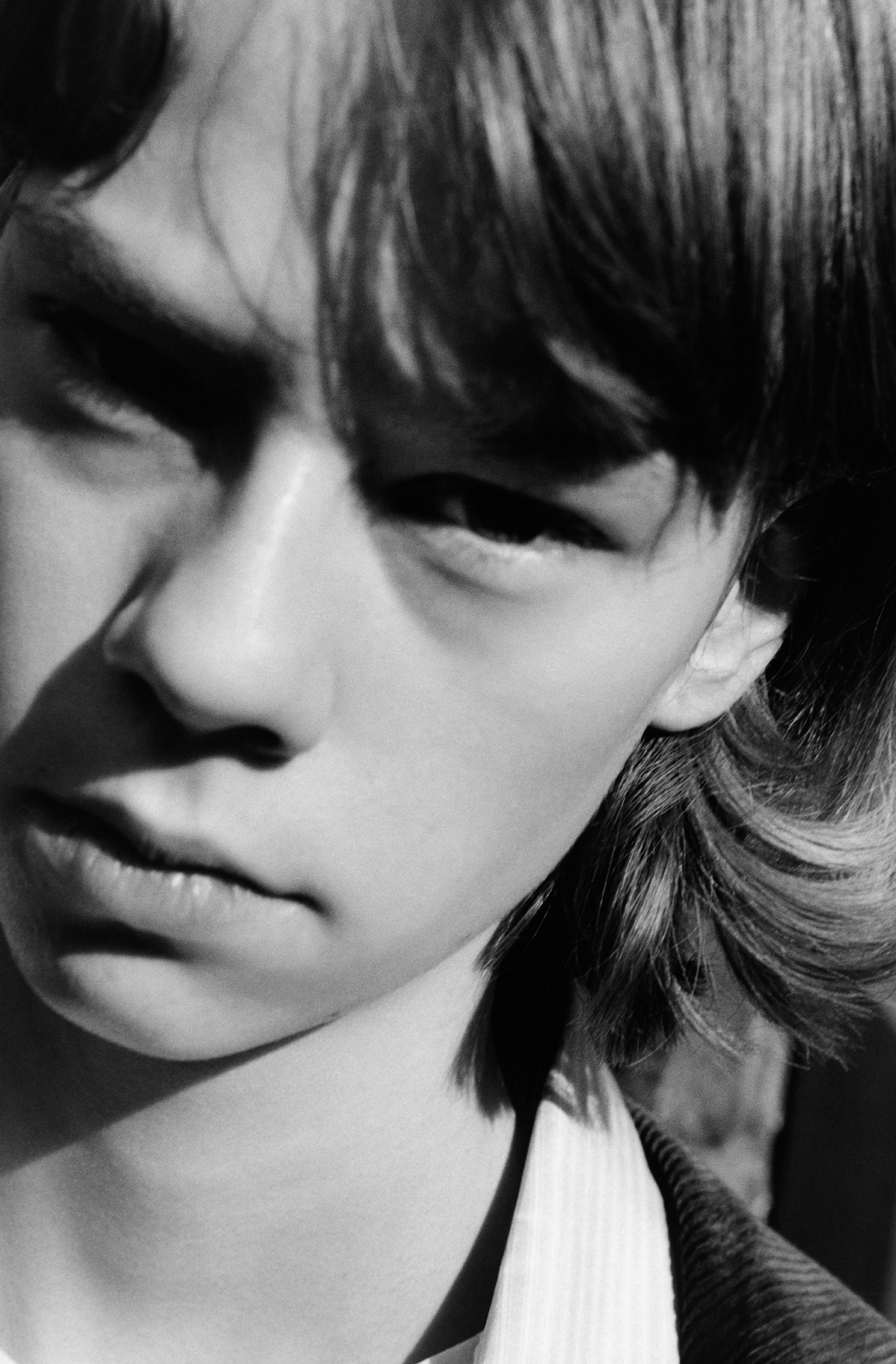
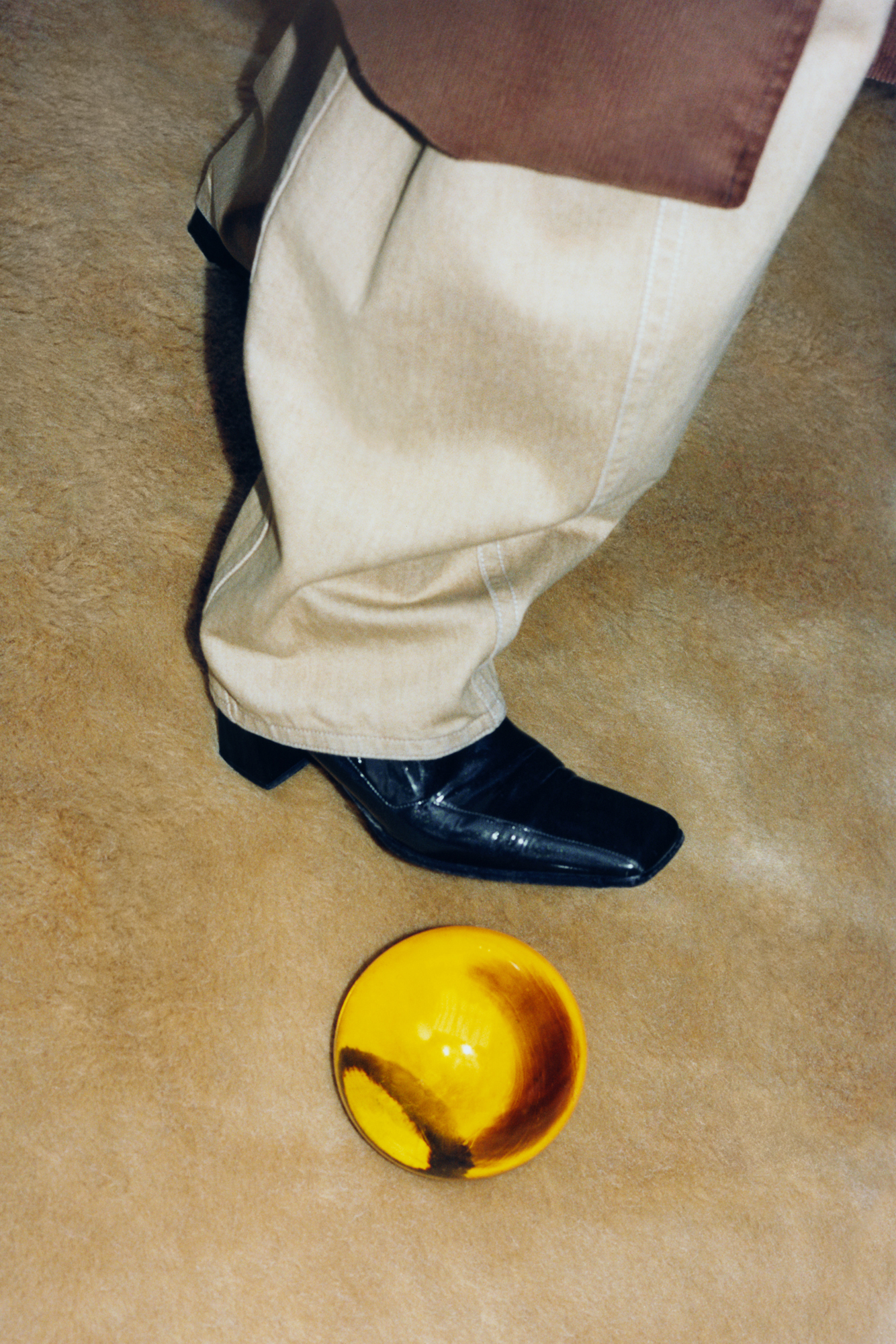
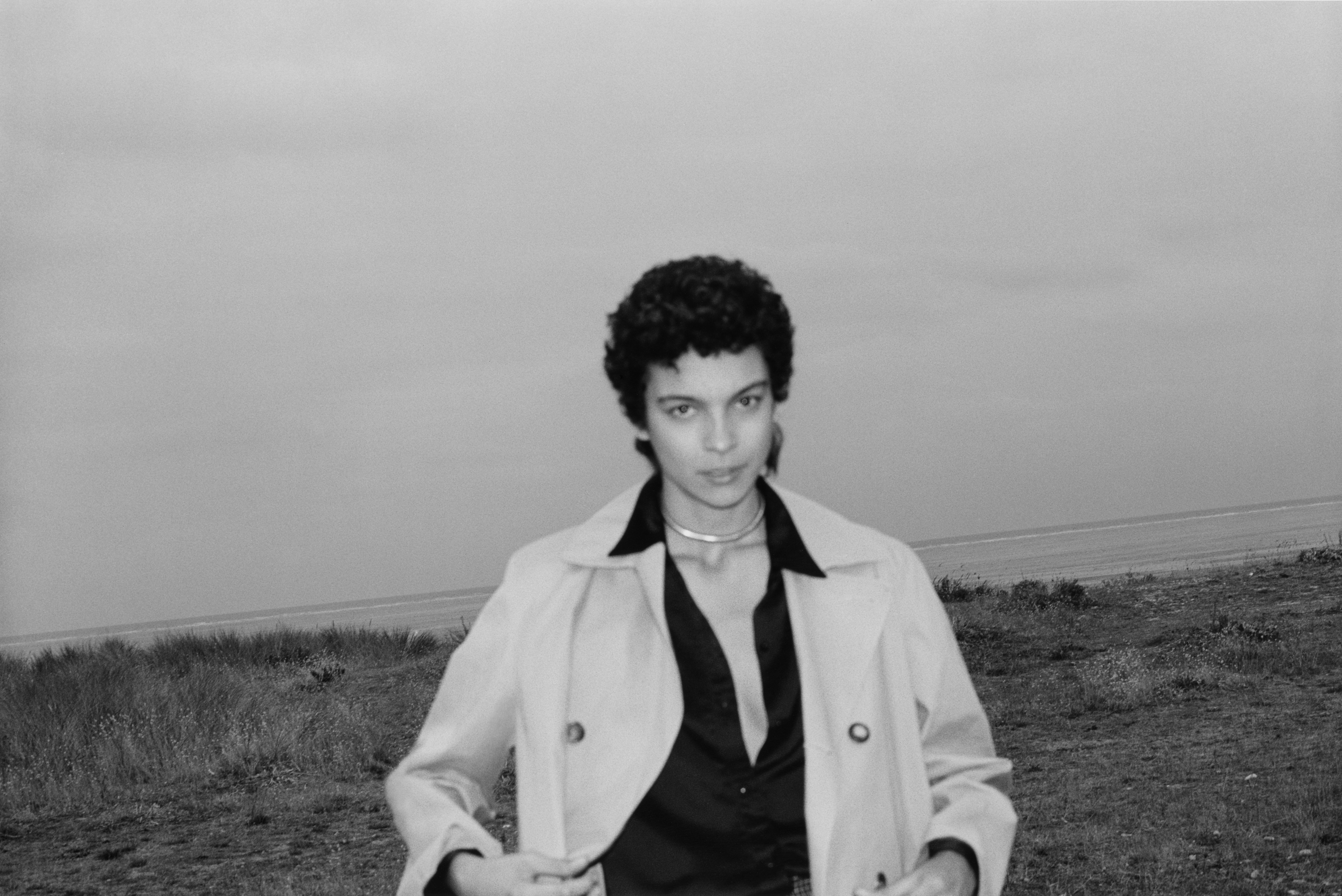


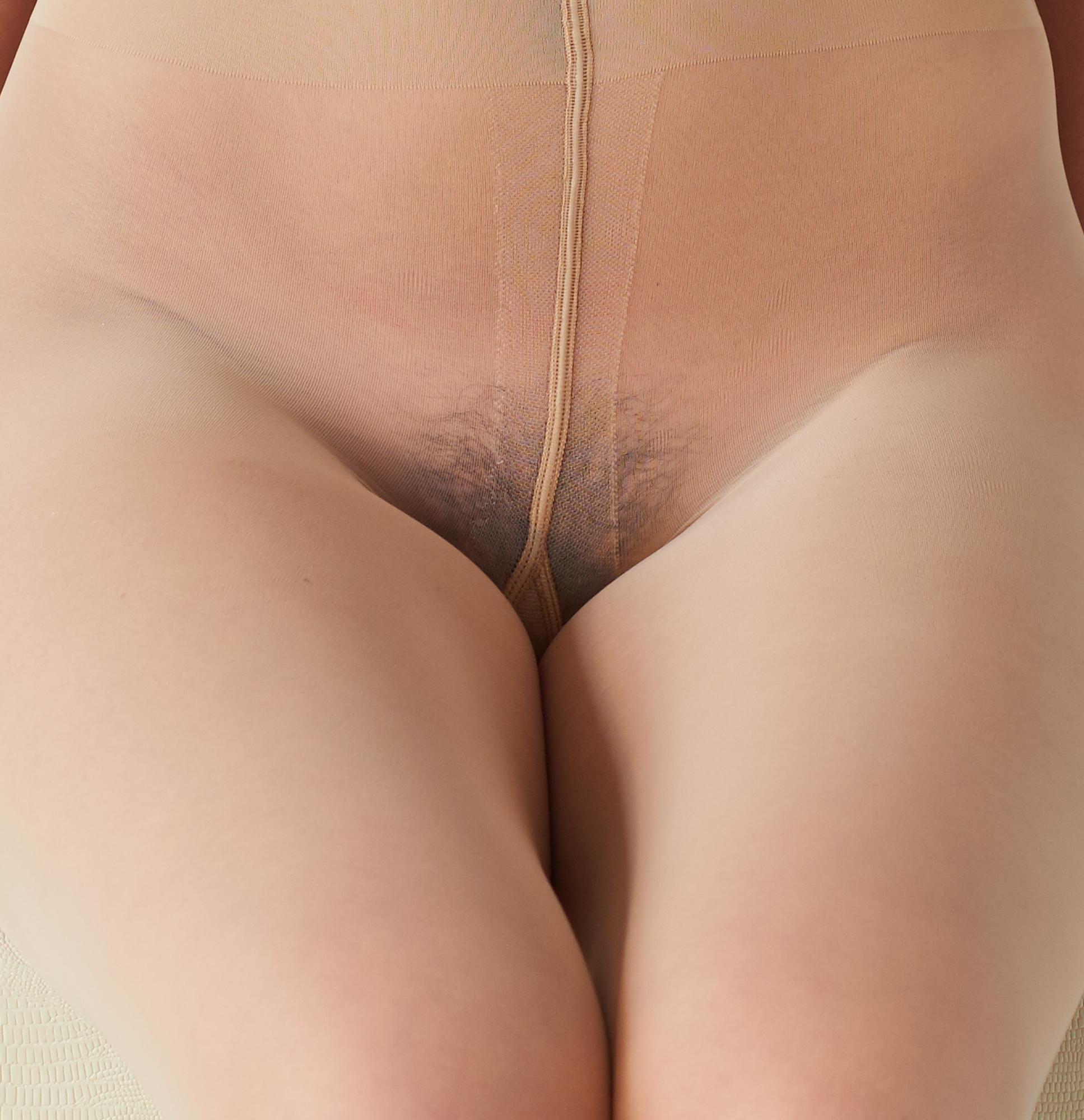
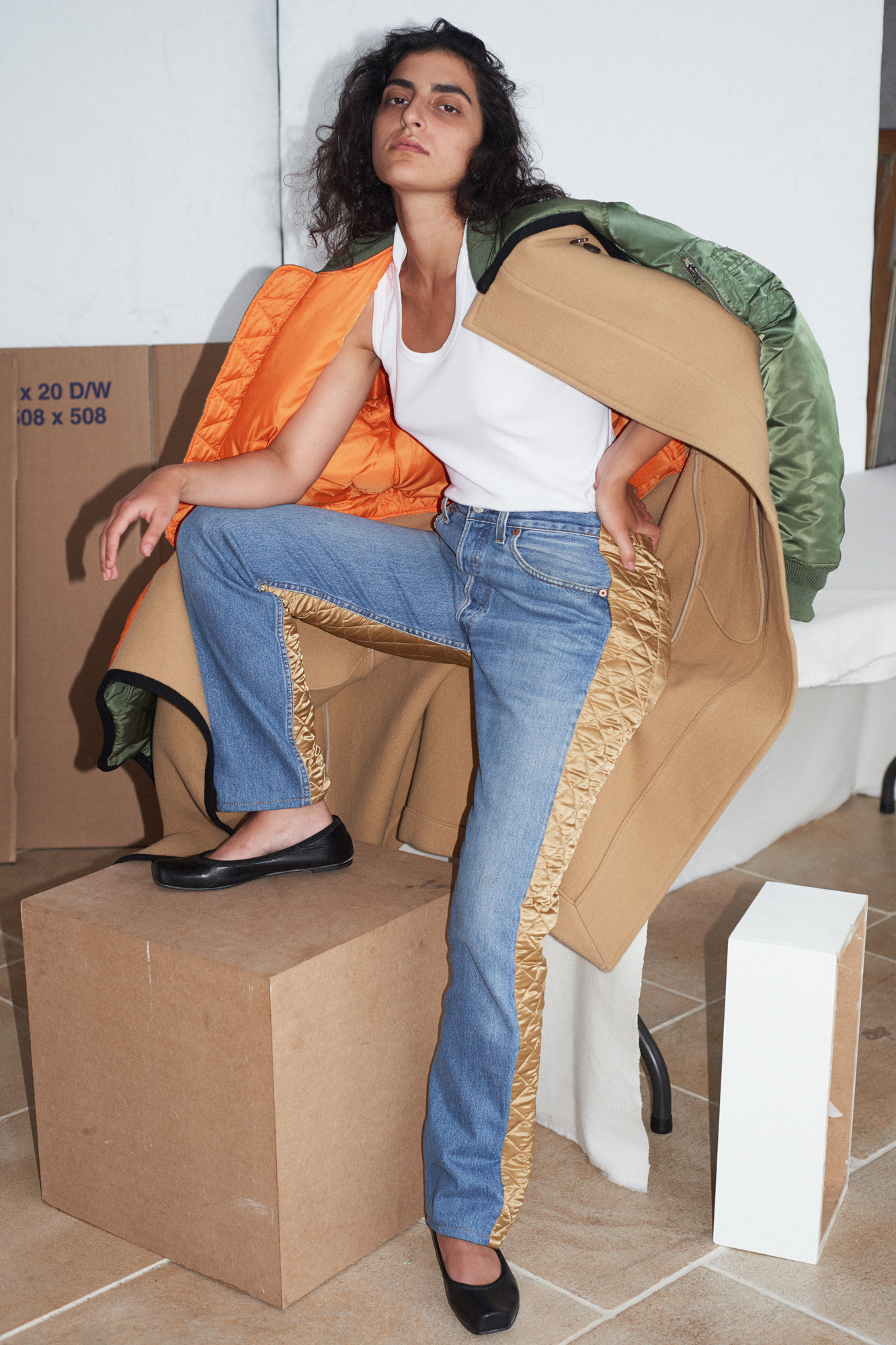
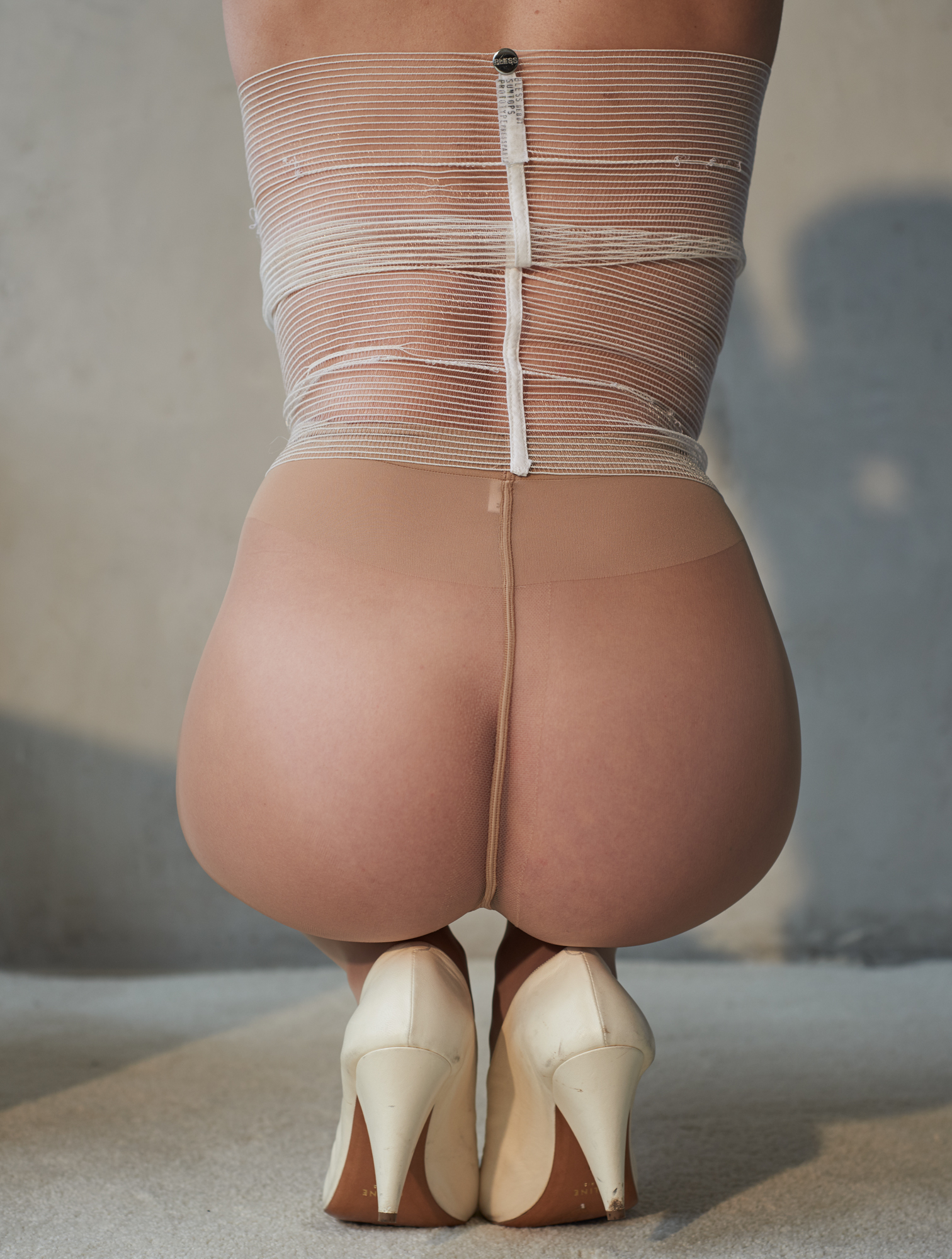
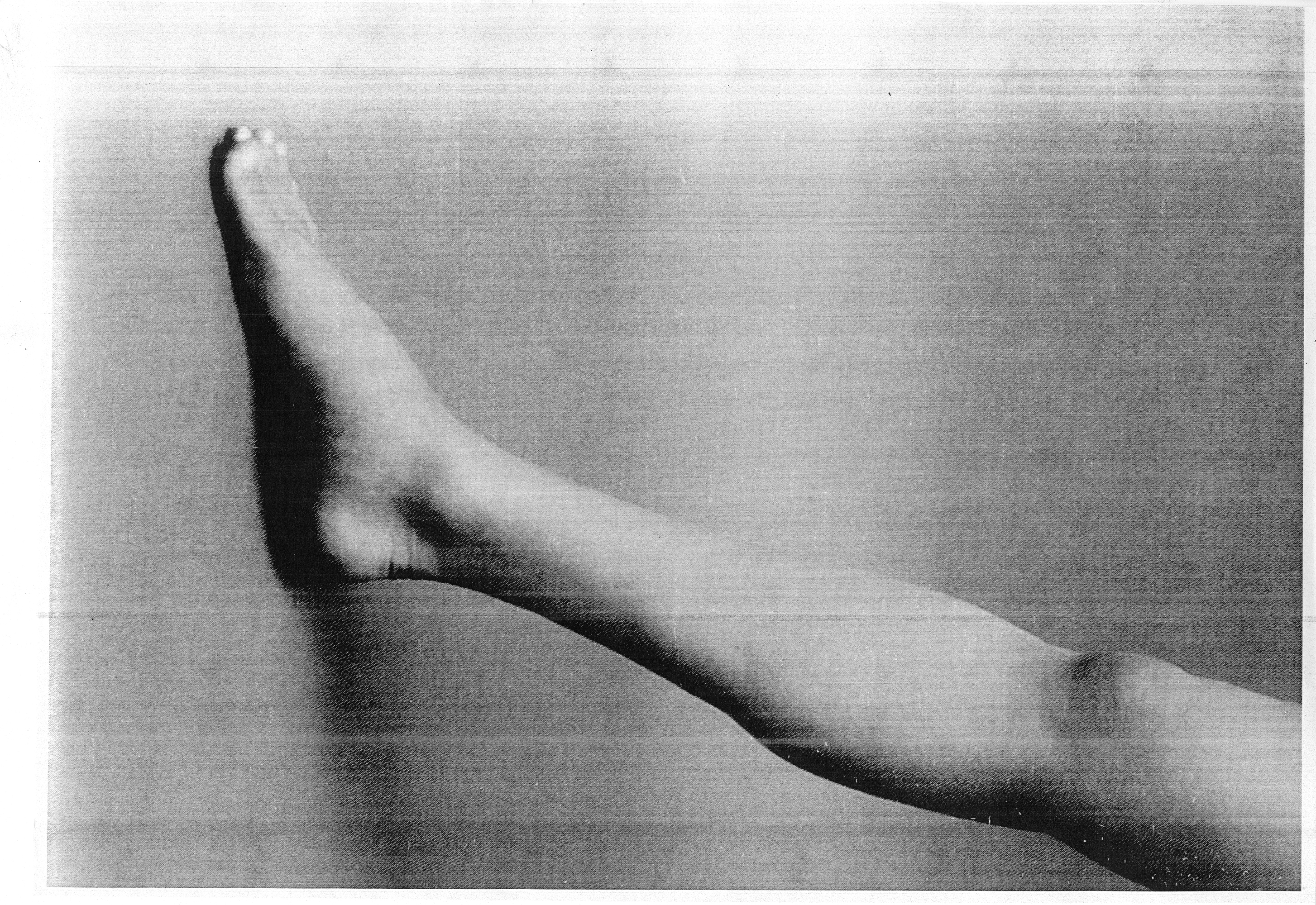
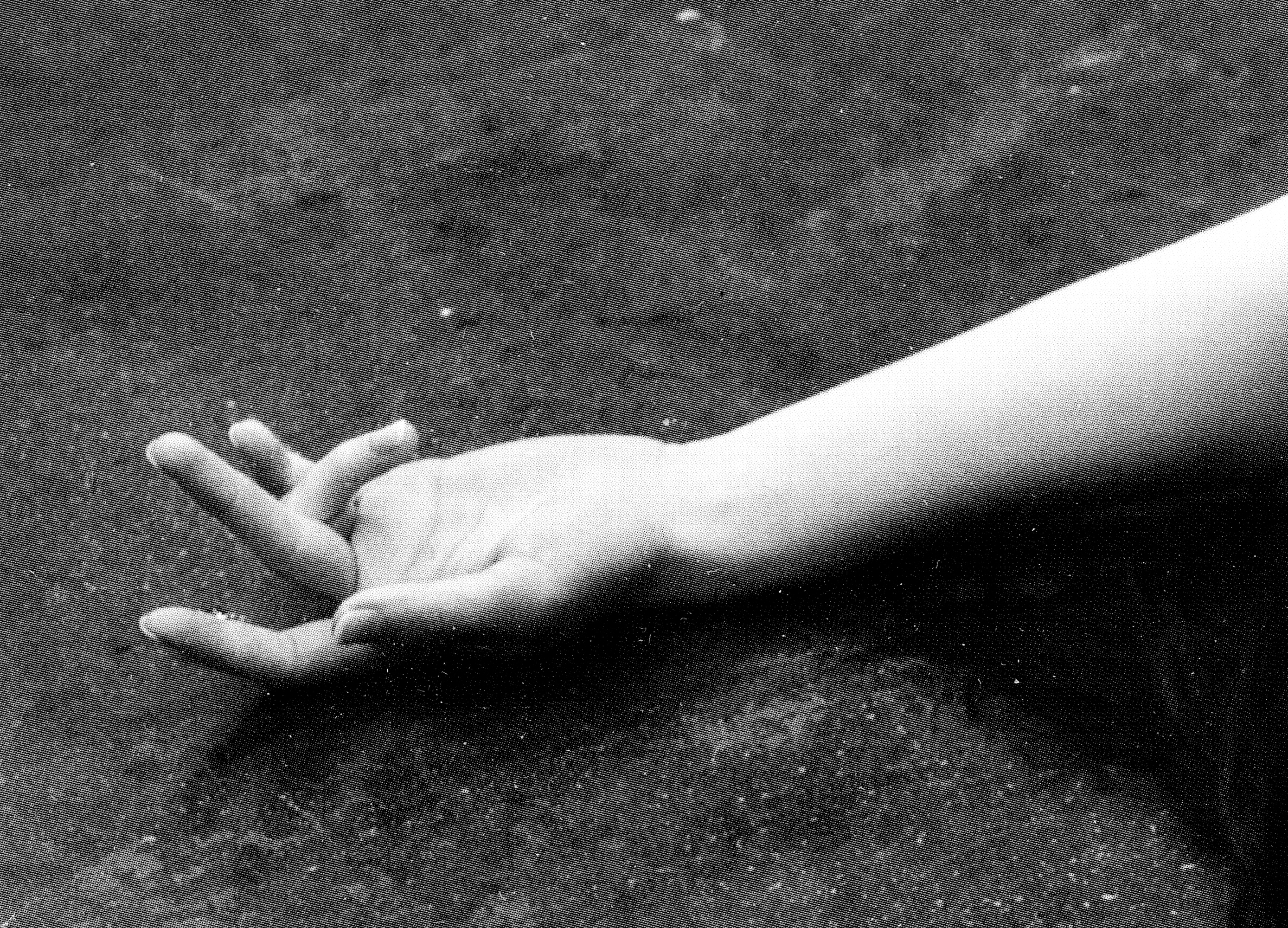

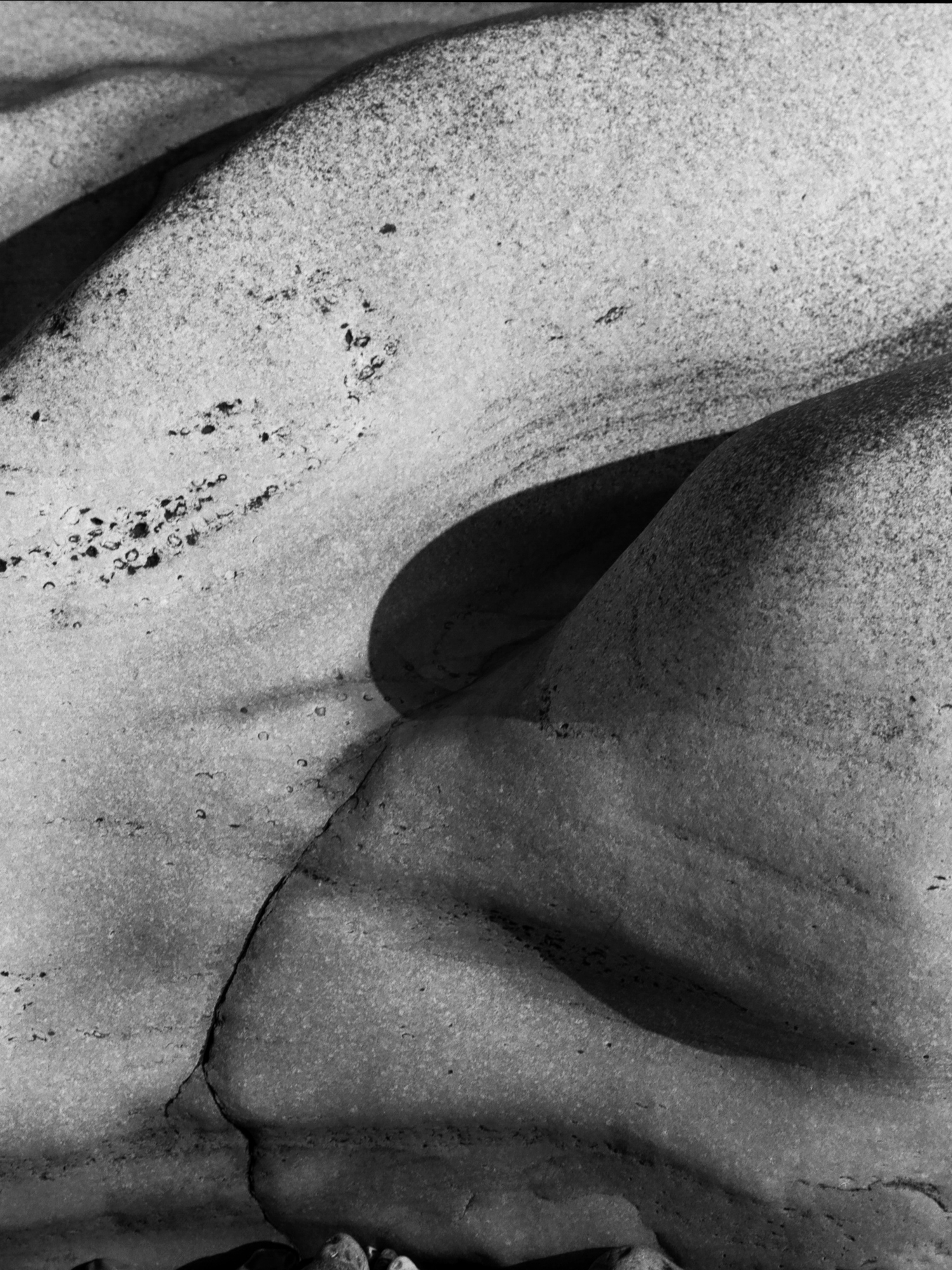

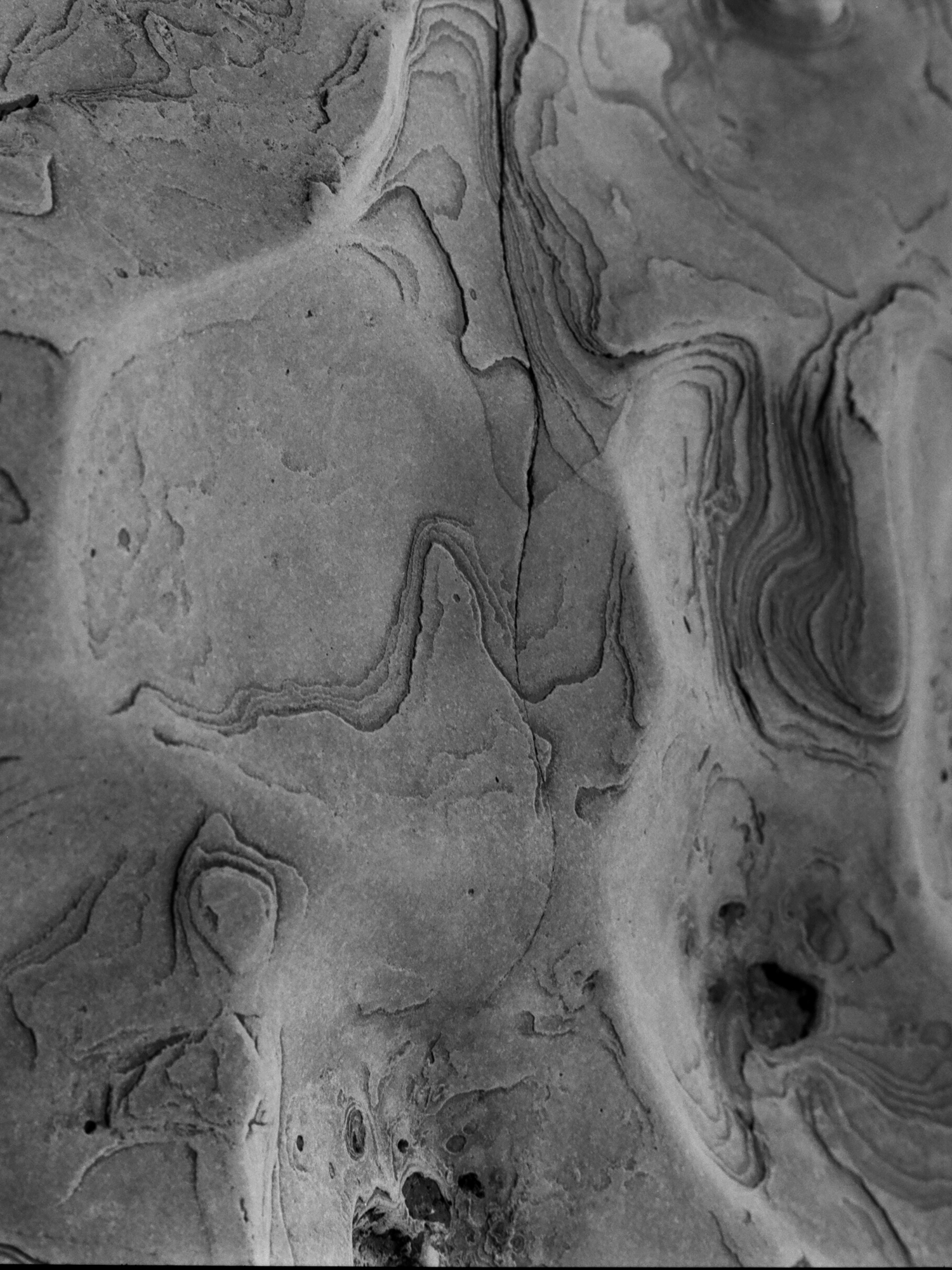
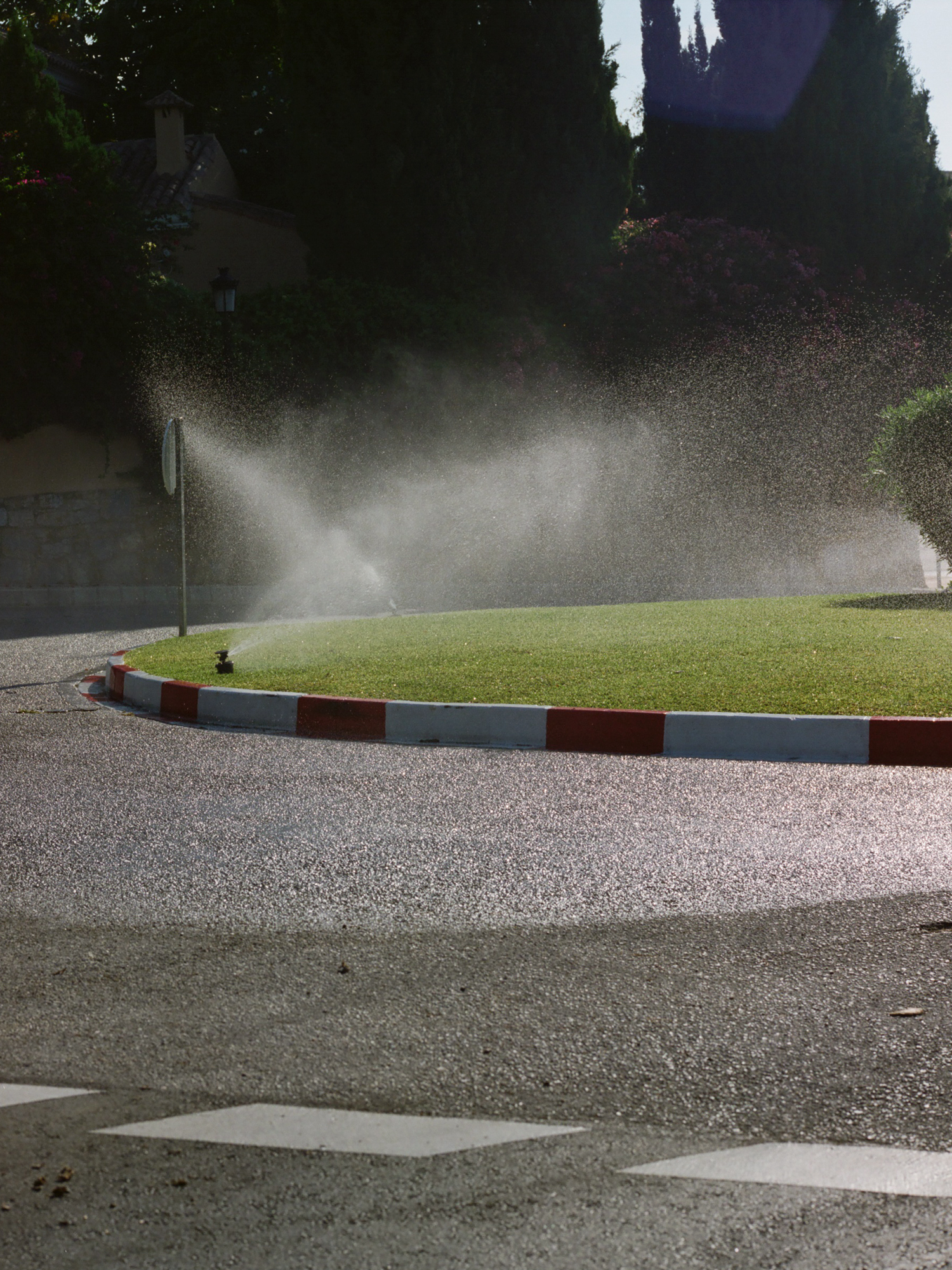
ELVIS PRESLEY'S SWEAT: PRAYERS ANSWERED
You send your money, I was told, to a PO Box address, and you get this card back in the mail. Donna pulled it out of her bag – held it up to the sunlight. Faces and traffic blurred like shadows into the background. ‘I brought it with me just for you.’ She would only be in London for a few days, she said, handing me a brown paper bag, but she wanted me to see it.
Inside was one of the most joyous and perplexing things I have ever seen. Mounted on the front of a brightly coloured postcard was a clear plastic rectangle containing a small glass vial with about a quarter inch of transparent fluid in it – set against a yellow background like a perfume sample given away in department stores, sealed with a grey plastic stopper. Donna said she knew I’d love it. The top of the card read ‘PRAYERS ANSWERED: The King Lives!’ Below that was a line of black stars on a red background followed by ‘Elvis’ Sweat’. To the side was a profile in black and white of Elvis Presley on a blue background singing, or about to sing, into a handheld microphone – crudely airbrushed lines of human condensation were running down his cheek and dripping from his jawline.
Without thinking about it, I raised the card to my lips and reverently kissed the clear plastic covering the glass vial. It was the late 1980s – irony was an article of faith.
RENDERING REALITIES
The future is a moving target. It recedes towards the horizon as old futures become the present. What seems futuristic now will be present tomorrow but there’ll always be the idea of futurity, the things that we orient towards. The anthropologist Alfred Gell once described this as ‘enchantment’; the present that creates its own futures.
With the invention of the car came the idea of the flying car and we set off almost immediately on the path of developing the flying car, or the robot car, or the green car. These futures are reinforced and made material by cultural imaginaries. The Jetsons showed us how the flying car should look, sound and function and we built our expectations around that. A famous, but perhaps apocryphal, story about the first flip phone by Motorola tells of how the engineers couldn’t understand why people weren’t buying it until they were told that users expected it to open like the Tricorders on Star Trek. One quick redesign later and flip phones were everywhere. Go to any technology fair and you’ll find designers and developers working on future interfaces drawing influence from the artificial intelligence of Spike Jonze’s Her or the gestural interface of Steven Spielberg’s Minority Report. There’s a feedback loop between the reality of technology and our expectations of it. Life should be like it is on screen.
RECOUNTING
It was 2013 when a hacker going by the moniker Guccifer leaked a series of correspondence from George W. Bush’s personal email account. Amidst the missives, was an intriguing exchange between Bush and his sister containing photographs of several art works in progress, painted by the former president. One canvas depicted a figure – whom we can safely assume is G.W. - laying twine-toed in a half-filled bath. The warped perspective allows us to see as Bush sees; immersed in tub-bound ruminations sweated out in a hot wet heat. The other is a self-portrait of Bush stood in a shower. The viewer observes Bush from behind; from the waist up, standing naked. The muscles of his back are tensed, shaping his shoulders into an enfeebled hunch. Attached to the wall we see a small mirror, in which Bush’s gaze is reflected. This is a strange painting indeed. Why did he create it? What is that furtive look? Is he startled? Anxious?
TELLER AND CROLAND ON MAPPLETHOROPE
DAVID CROLAND: I grew up in New Jersey but moved to New York when I was seventeen, became a model when I was seventeen, because I was an art student and someone told me, ‘You should be a model’, and I said, ‘Well OK’, so I was. But Robert and I met in 1970, at the Hotel Chelsea, on 23rd street, you know the Chelsea Hotel of course. And I was brought there by a friend of mine called Tinkerbelle, like in Peter Pan except her name was Tinkerbelle, who was a friend of Robert’s, and we went to Robert’s room, which was as big as a couch, it was the tiniest room you’ve ever seen. And he was in the room with Patti Smith, they were lovers, they were living together in this tiny tiny room, and I walked into the room and I just thought ‘wow this is a very small room, and look at this boy and girl’. We were pretty much on top of each other, that’s how small the room was. And then about a week later, we became boyfriends, almost a week, but we didn’t tell anybody. Because Robert was kind of secretive about our… Private, it was more private in those days a little bit, people weren’t as distracted as they are today, with their cell phones and all this stuff they’ve got today. So it was more underground, the whole scene and how you behaved also. So that’s when I met him, didn’t tell anyone we were boyfriends until at least two months…
BECOMING MOTH
I wish I was the type to do up my top button. This better me is as stealthy as a ninja or at least a hybrid sedan. He wears an inscrutable expression, his countenance distant and burnished, giving the impression of existing as his own portrait in Kodachrome. He looks held together rather than squeezed. In reality, when I fasten my top button I just look uneasy. There isn’t enough in-between. I’m a joke delivered without the pause before punchline. I am knotted. I’m an engorged glans, desperate and purple, when I’d prefer to appear as a taciturn loner, assassin or scion, reading Clarice Lispector over a plate of raw blowfish. But that’s just not me.
NOVELIST
Could I really be a novelist?
Oh yes.
Write the novel you’ve always wanted to and become a successful author.
I can teach you how to write your book in minimal time, without sacrificing quality. You’ll also learn how to successfully publish your book and use it to build your career and personality. I’m proud to say that over the past few years, many of my students have gained significant publishing deals. Others have gone on to win prizes.
They are prize winners. Prize Winners. With my help you will write your book and your whole life will change.
Book signings. Radio shows. Film adaptations. New friends. A new career. Everything looked after.